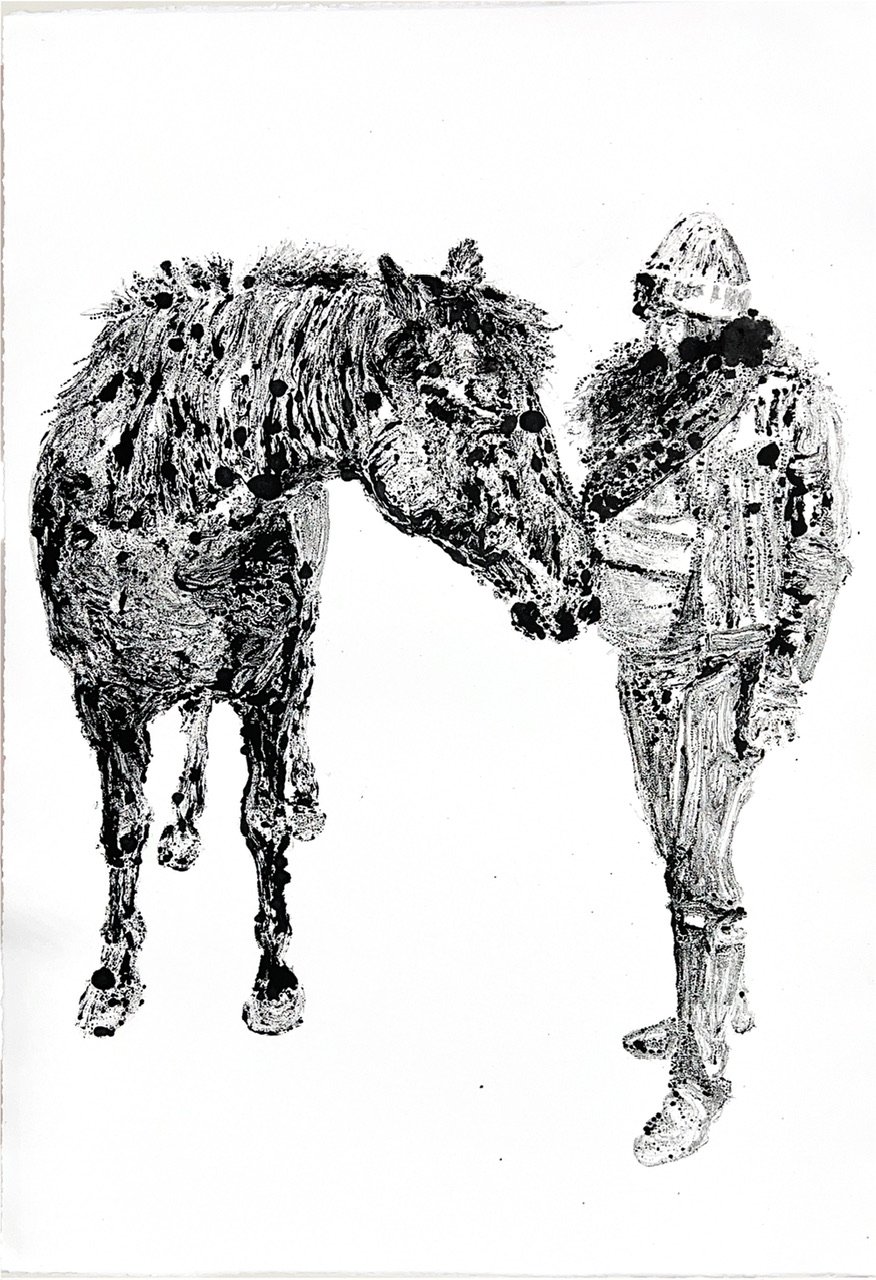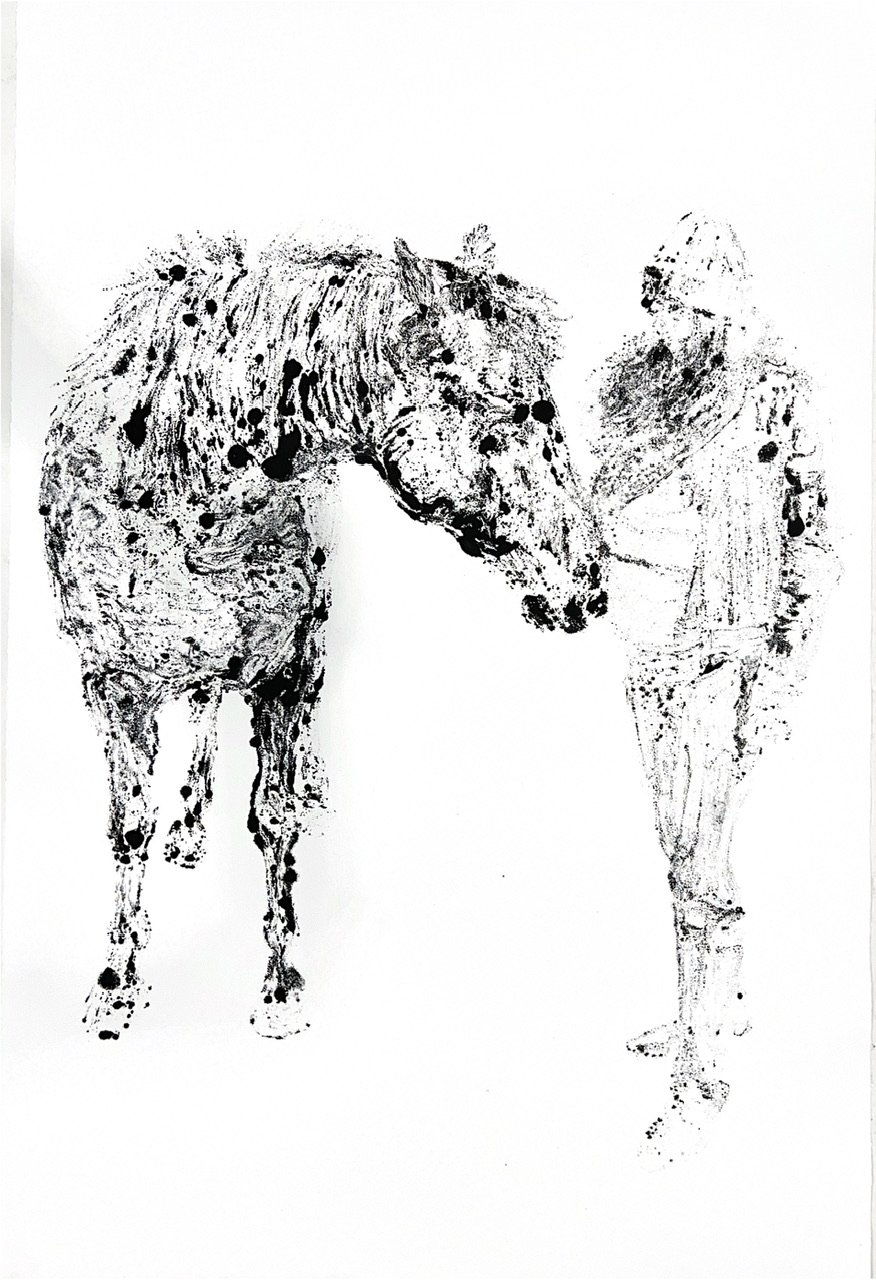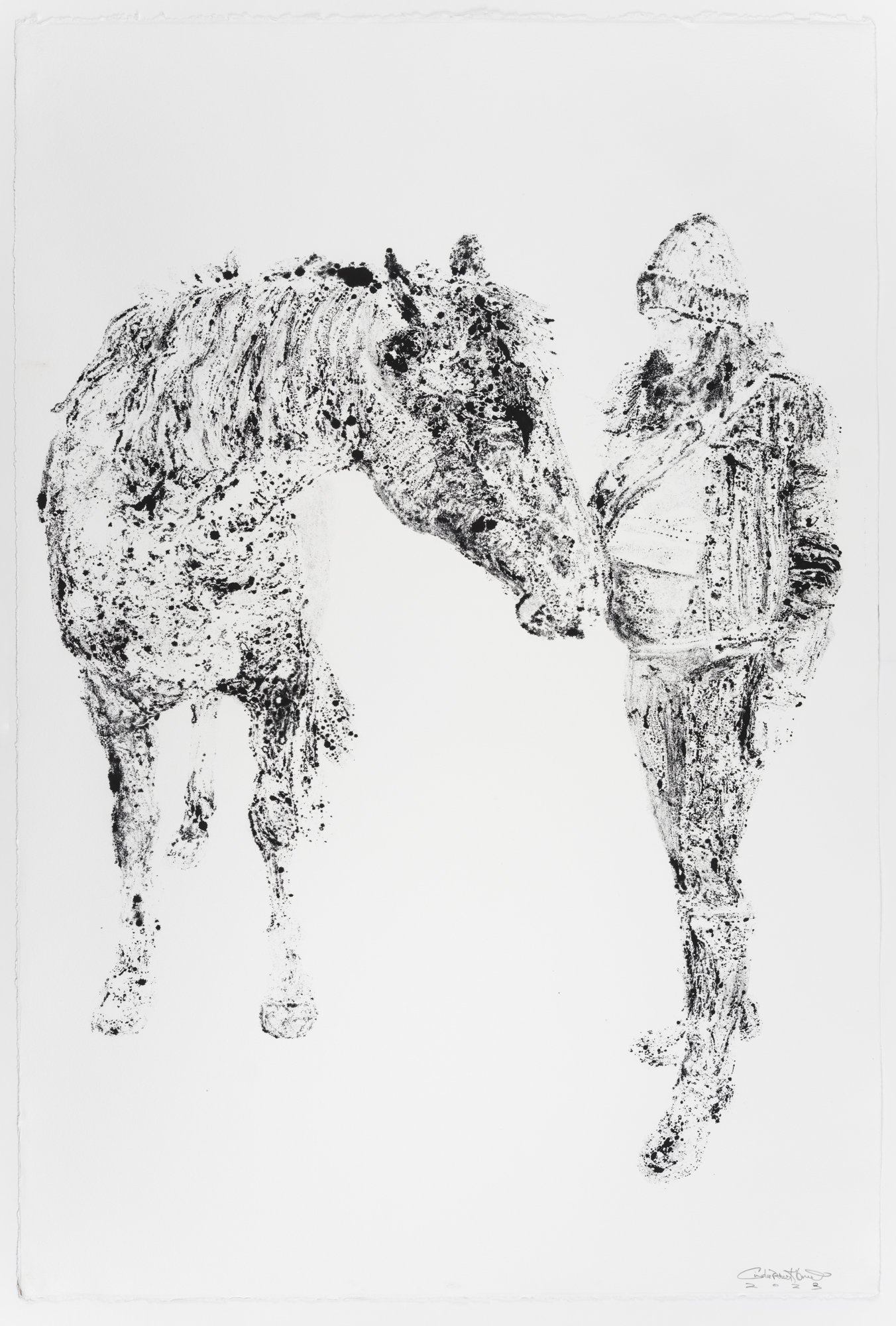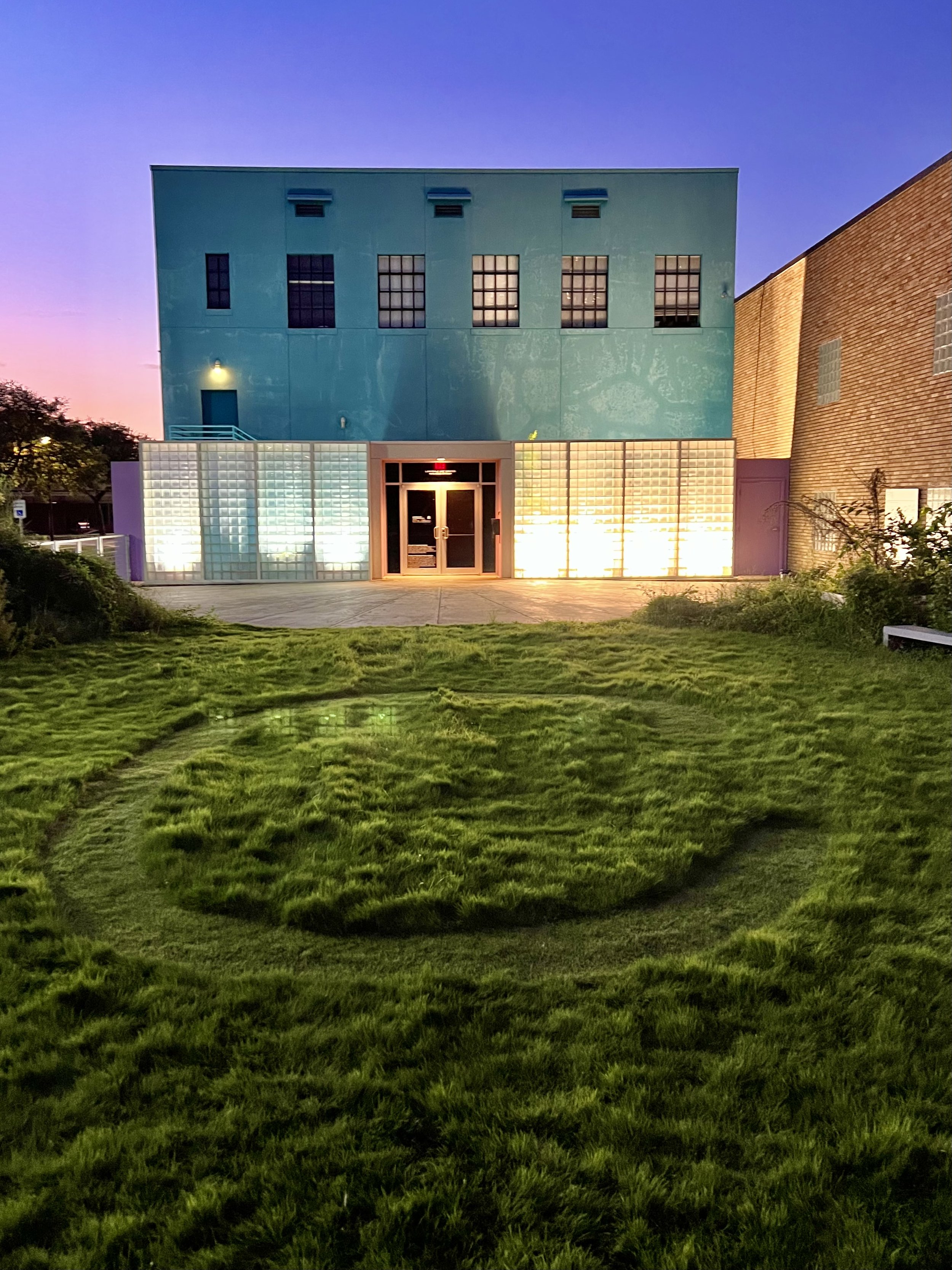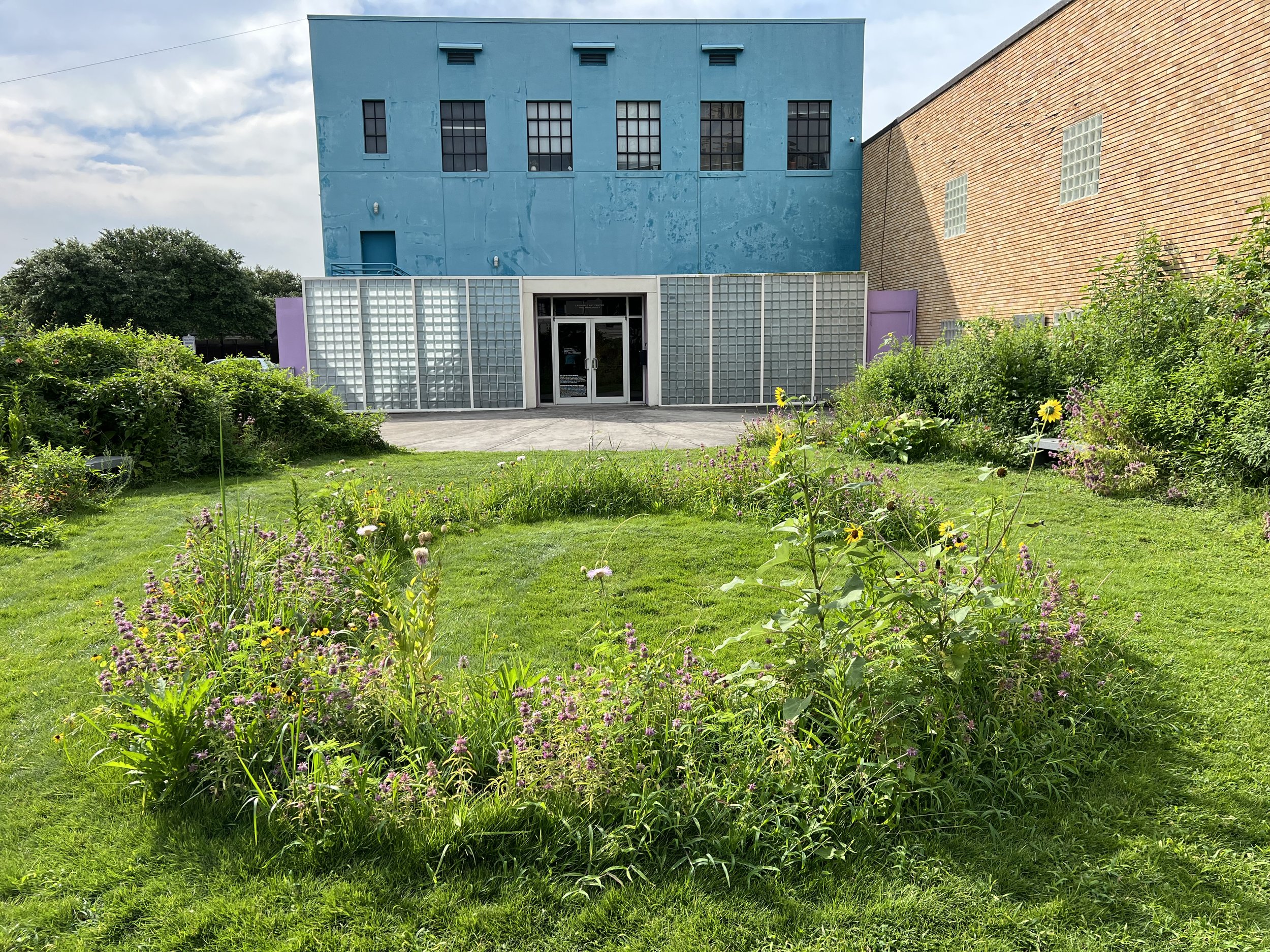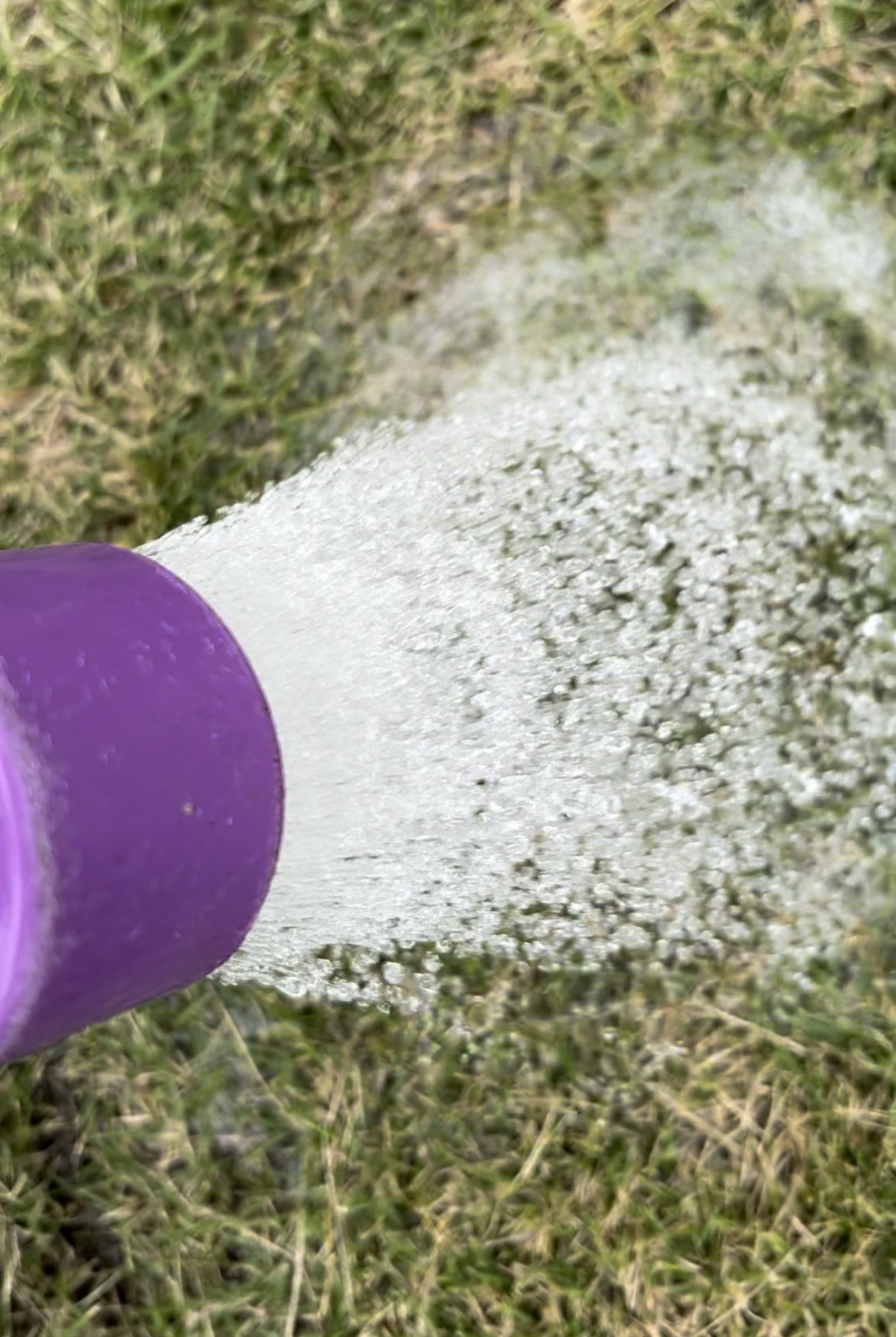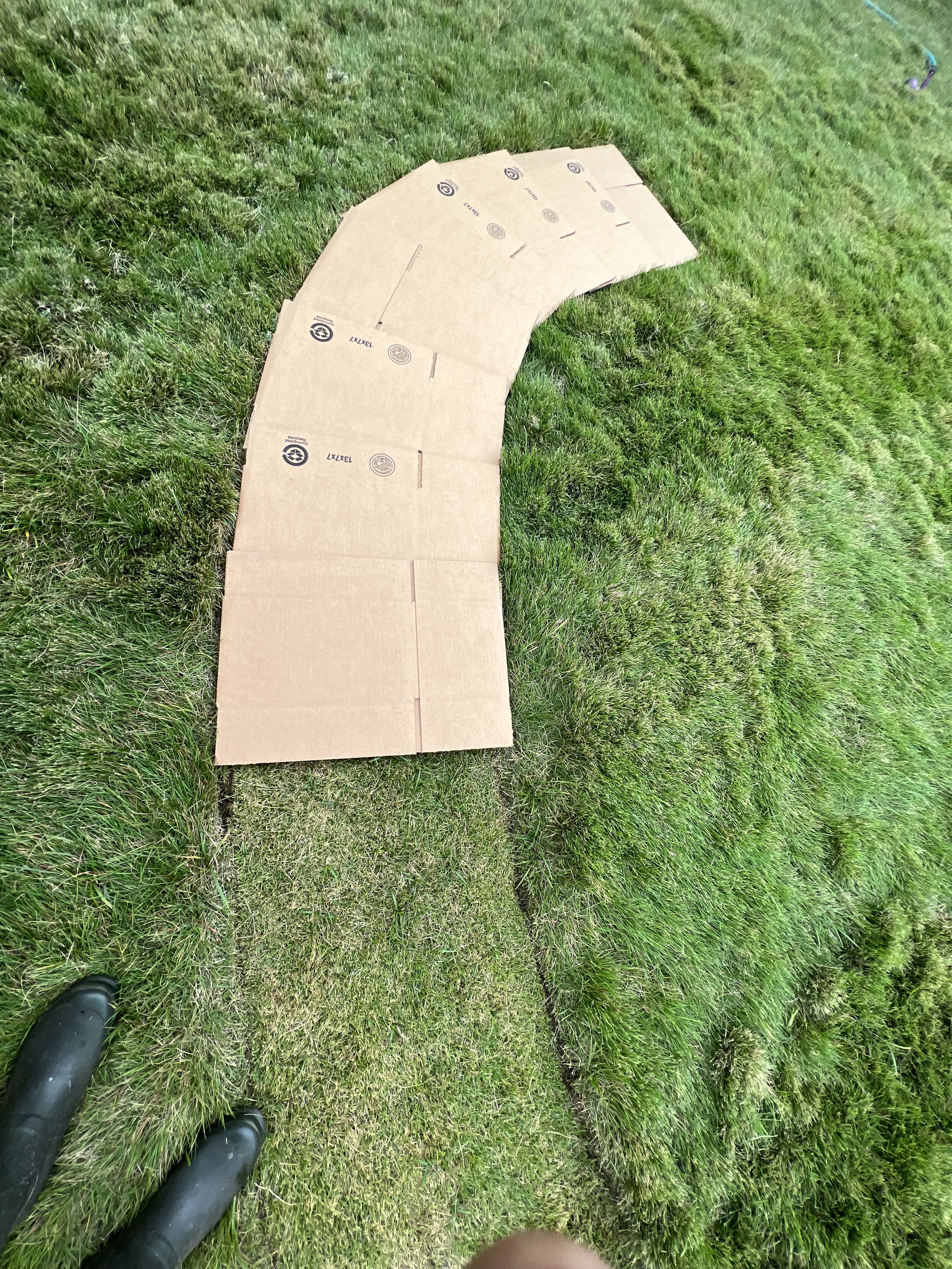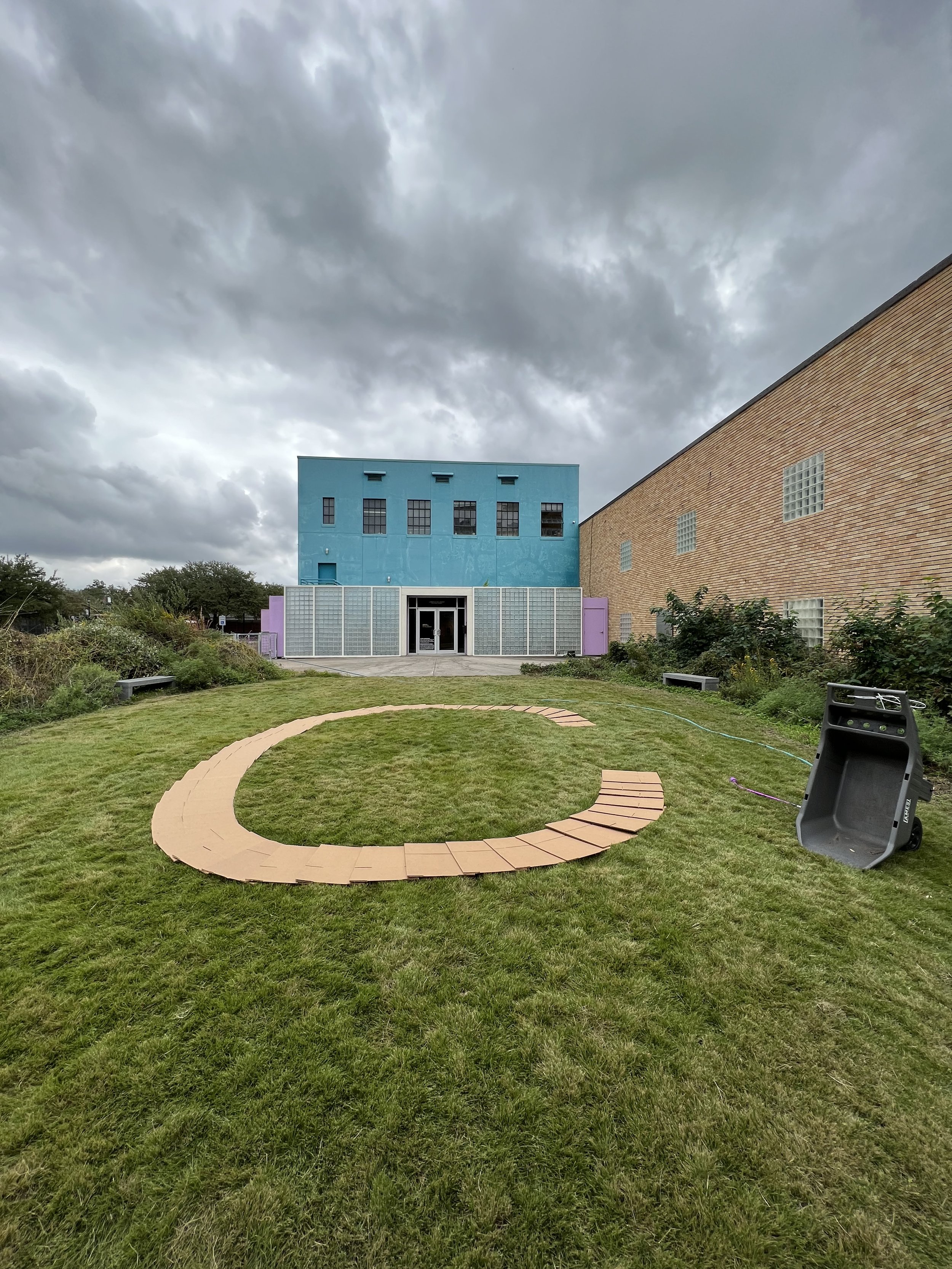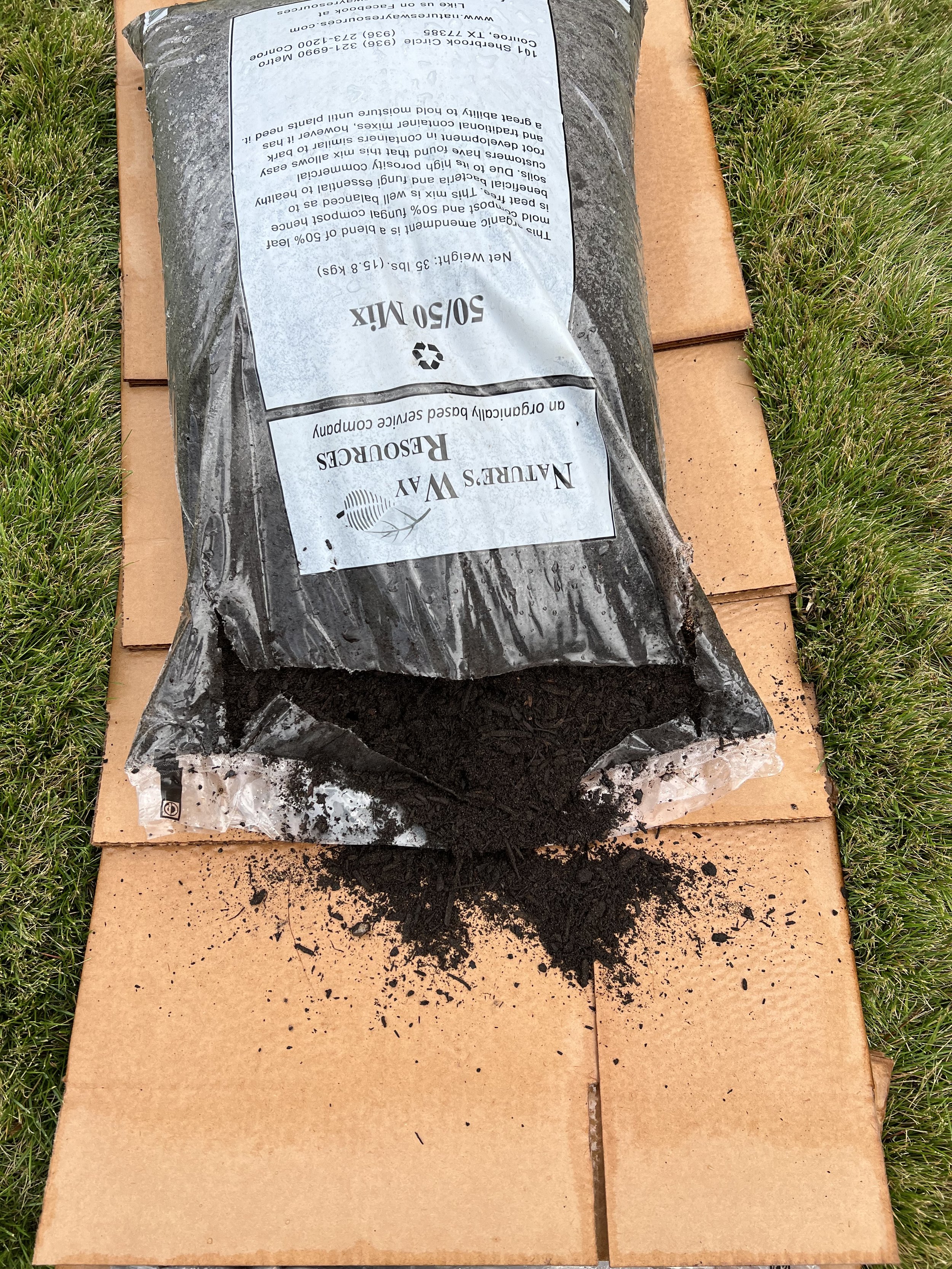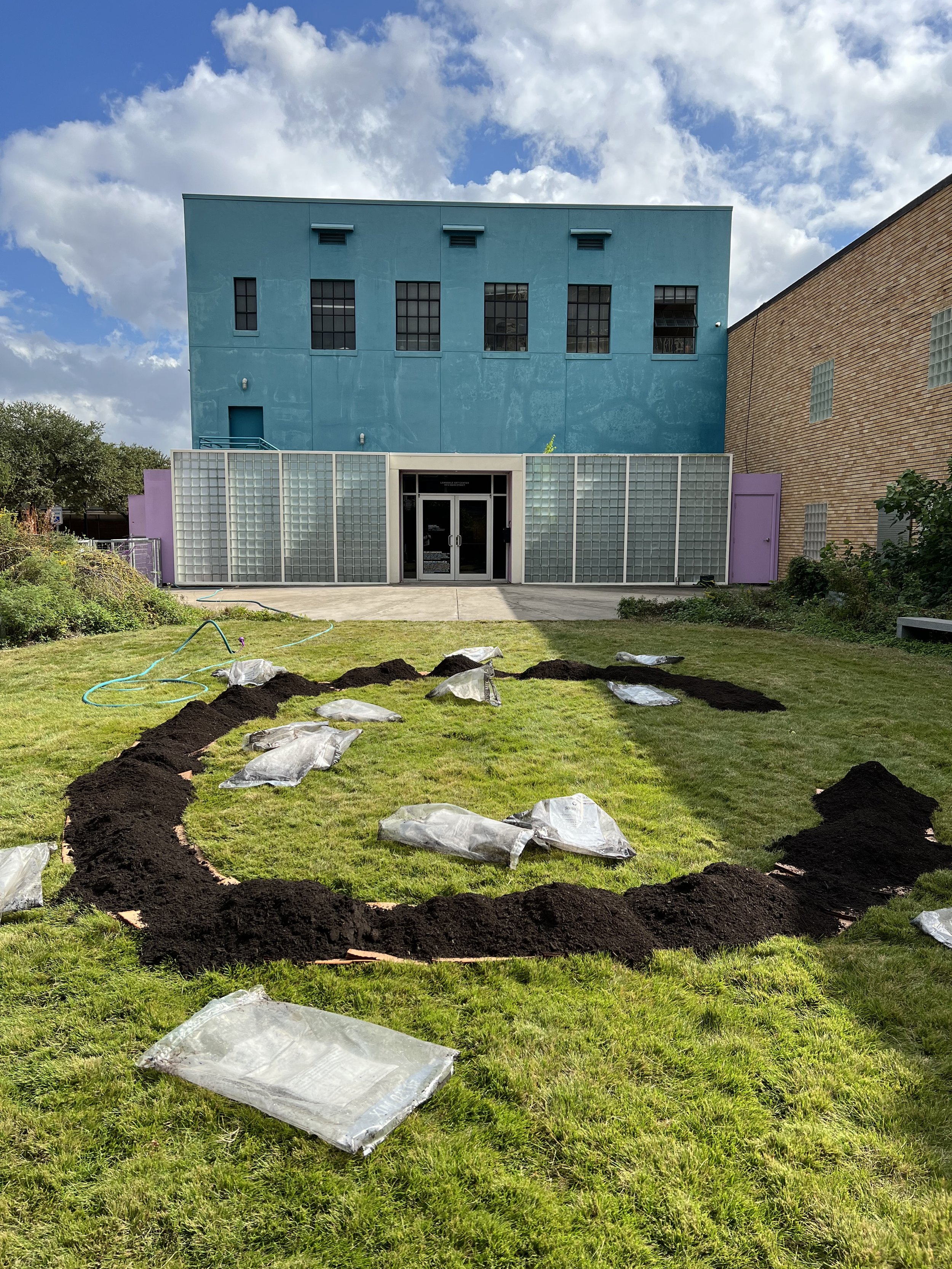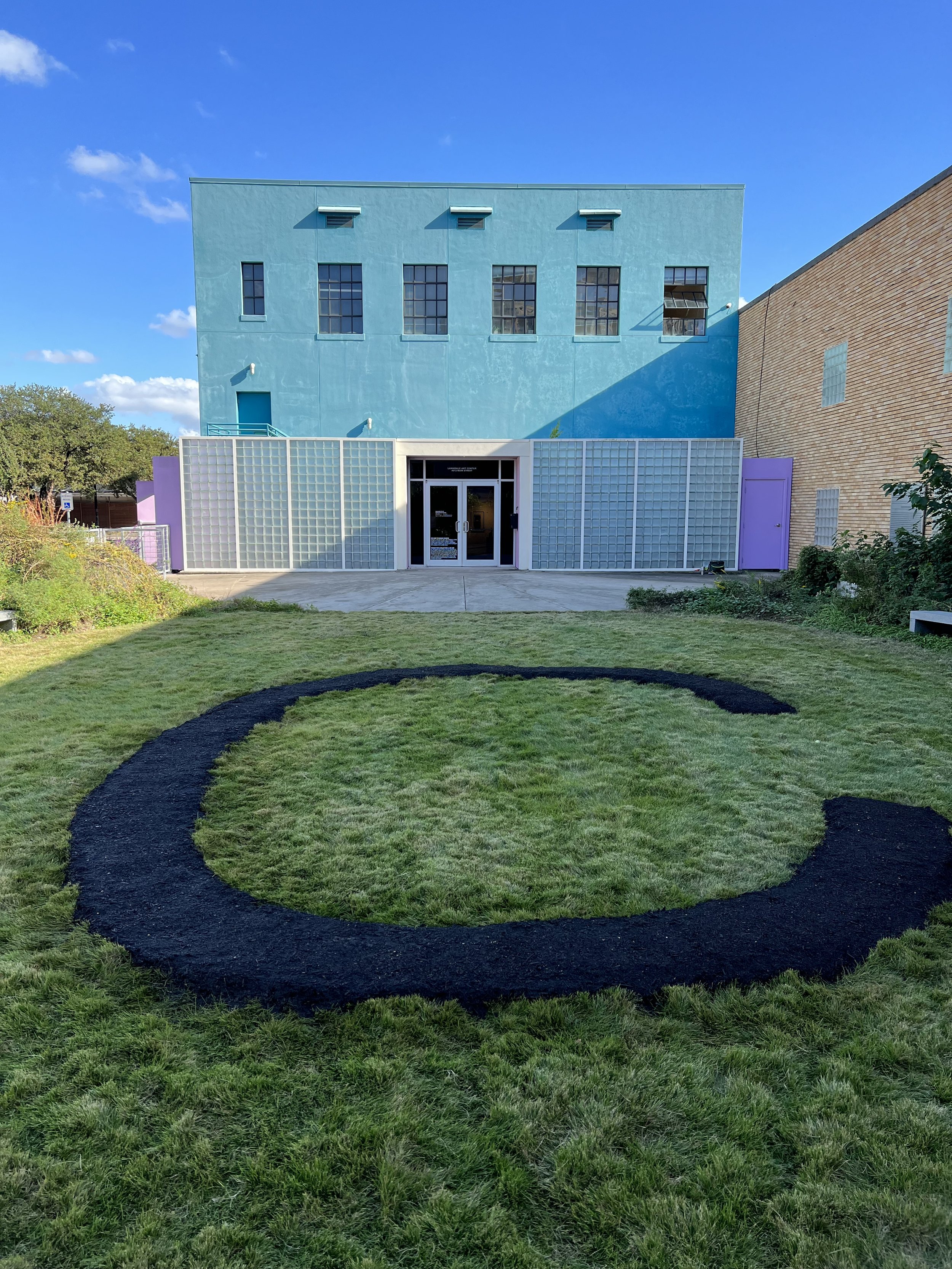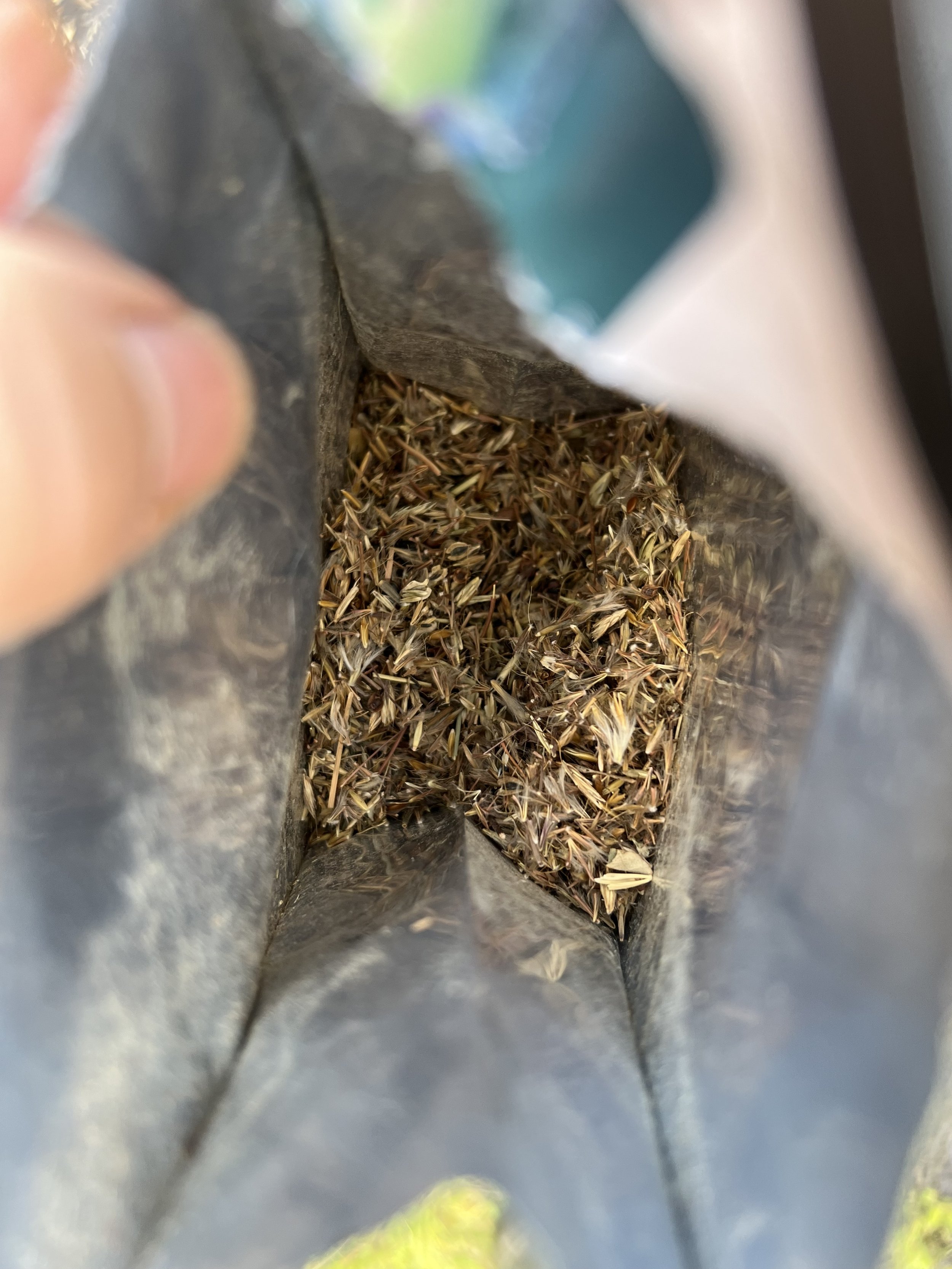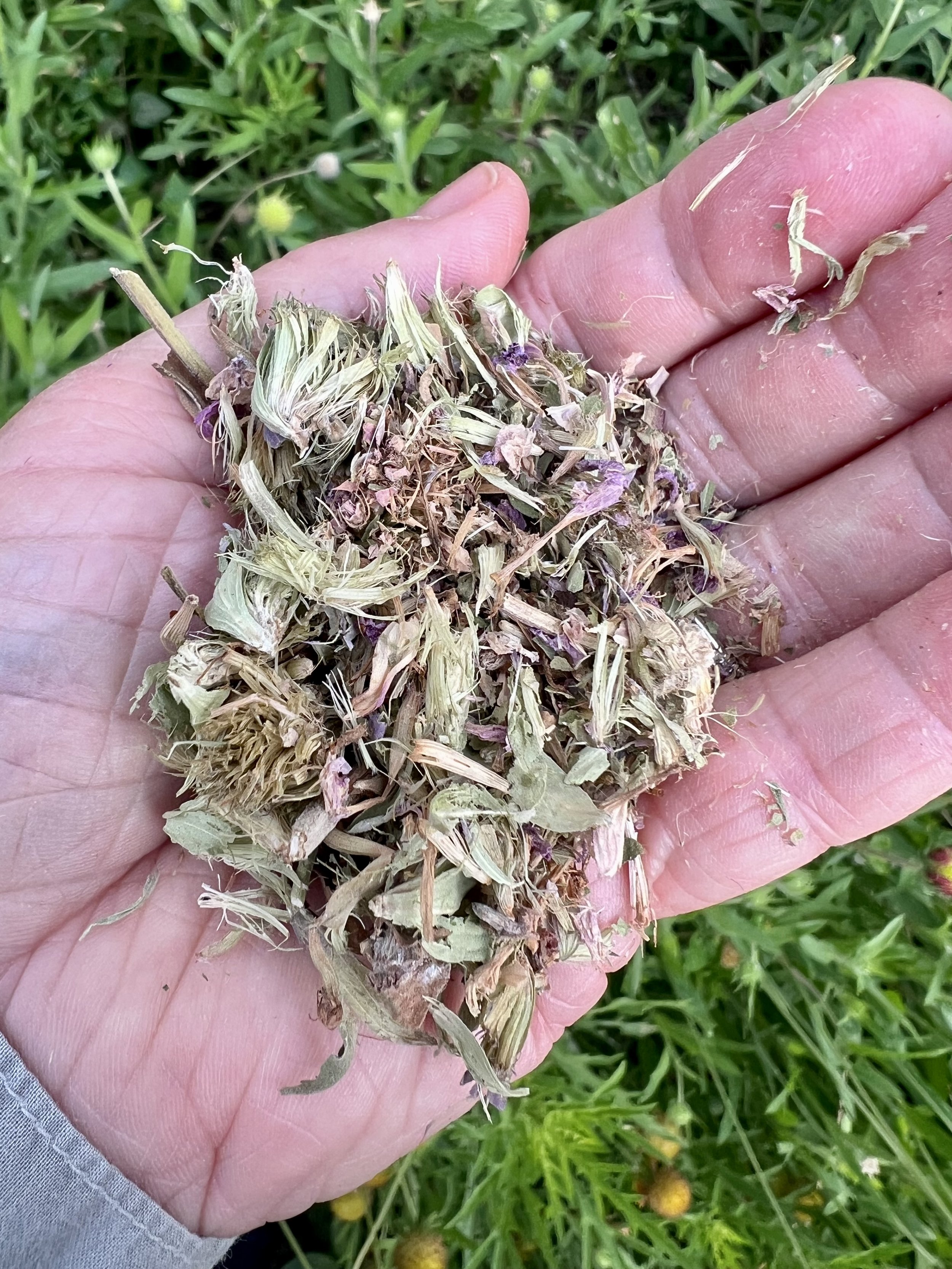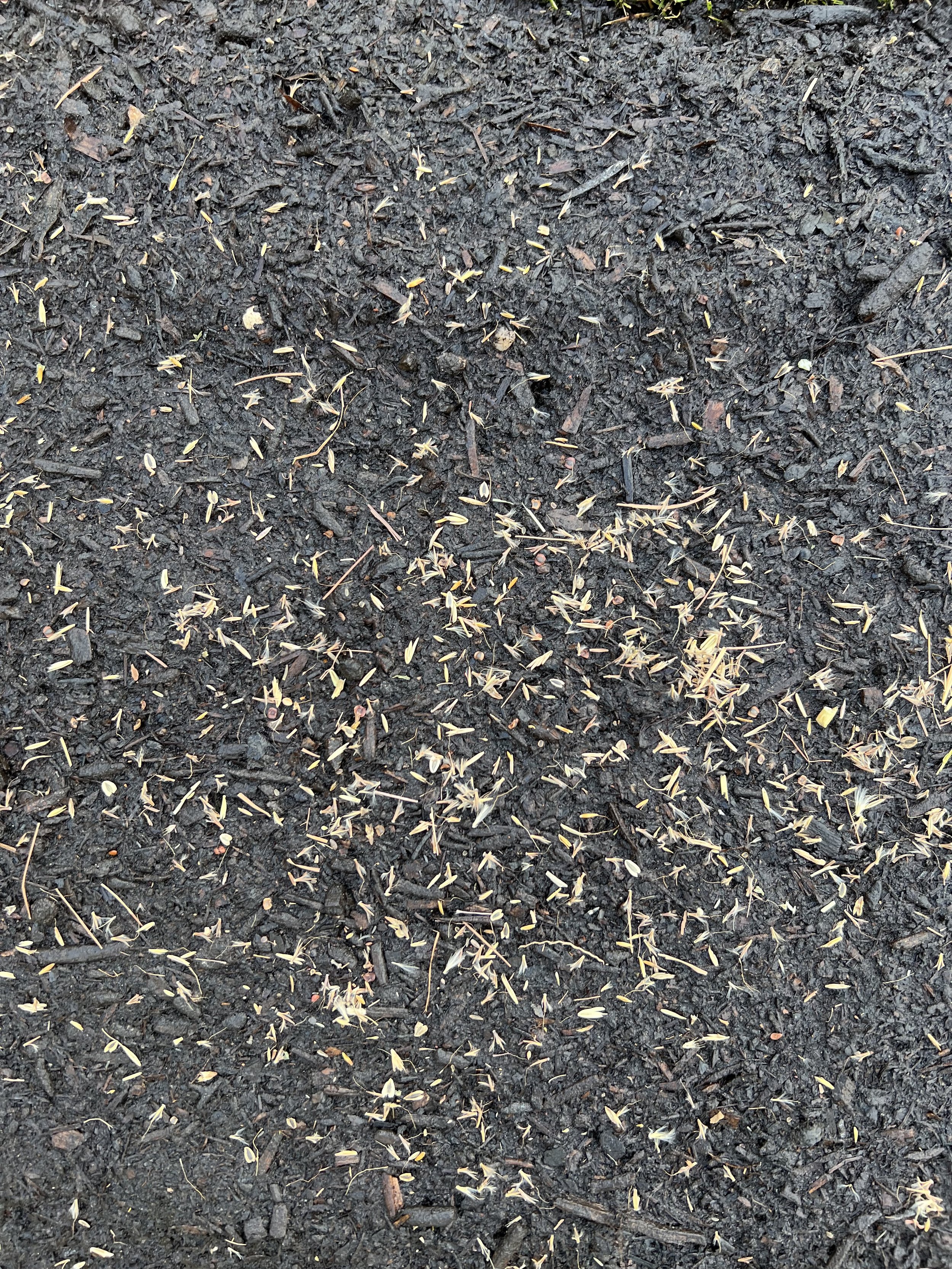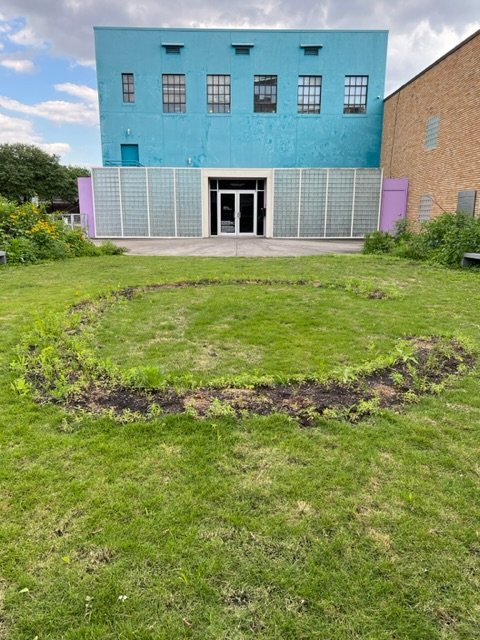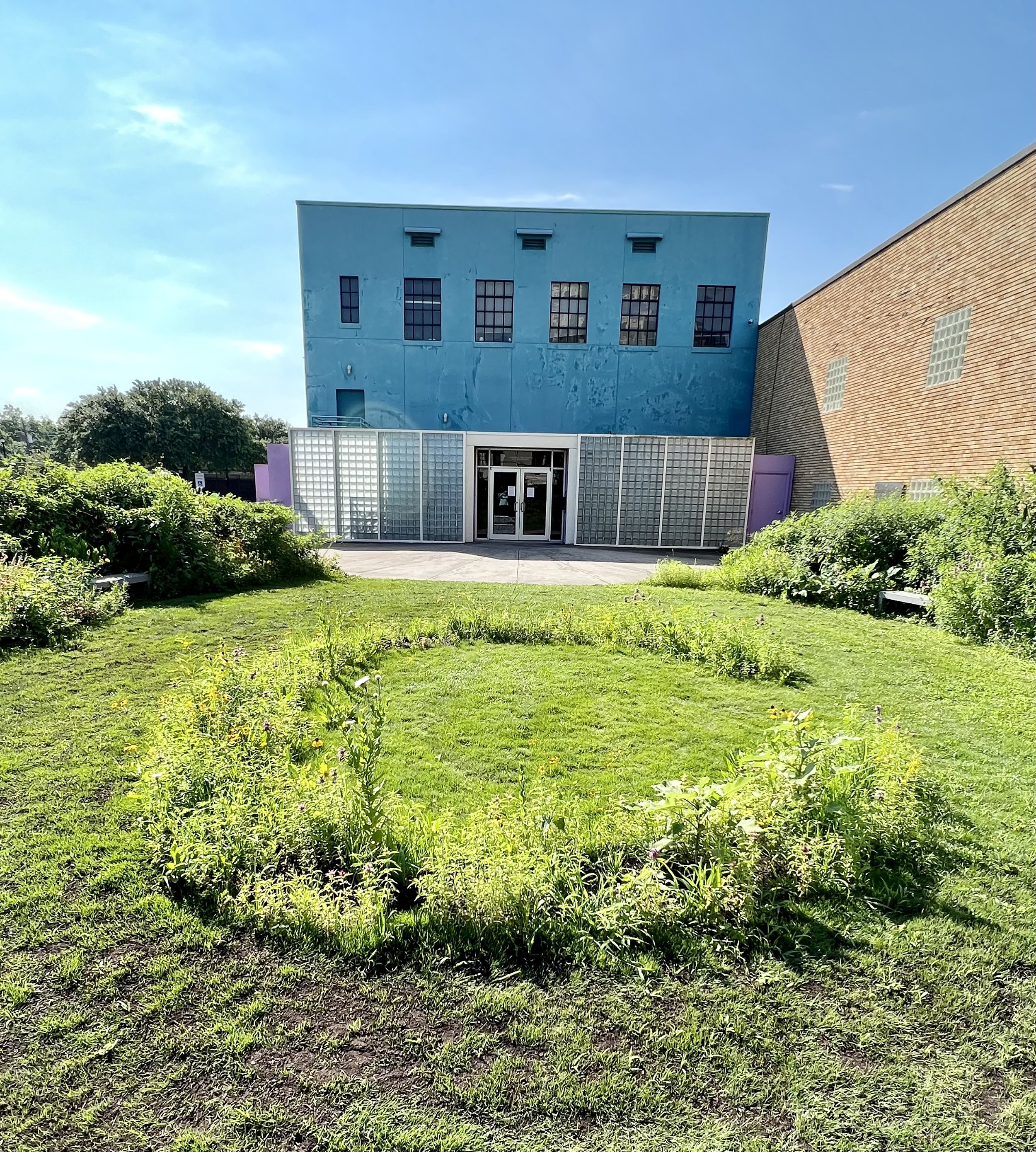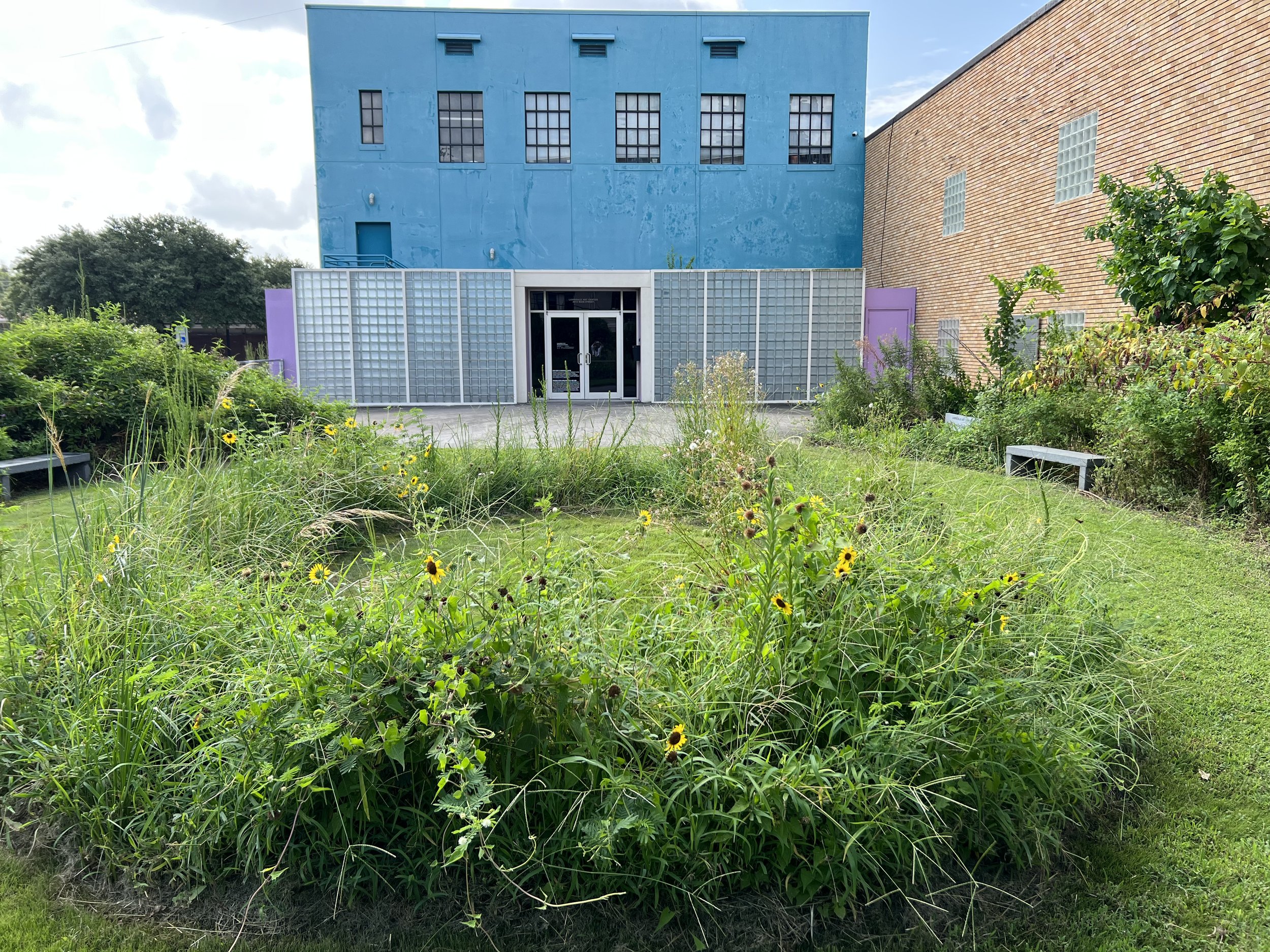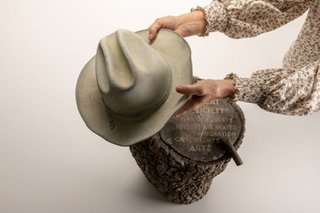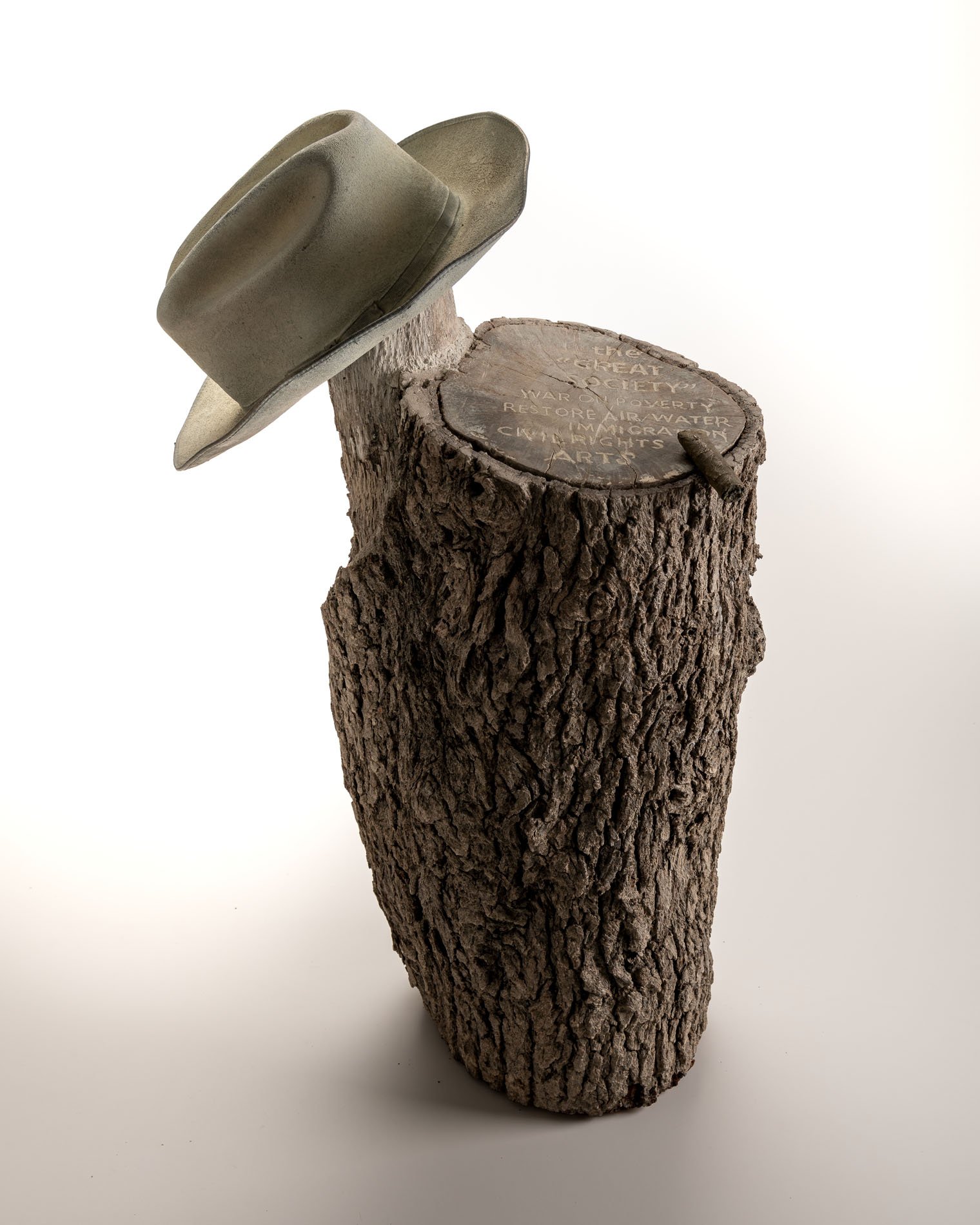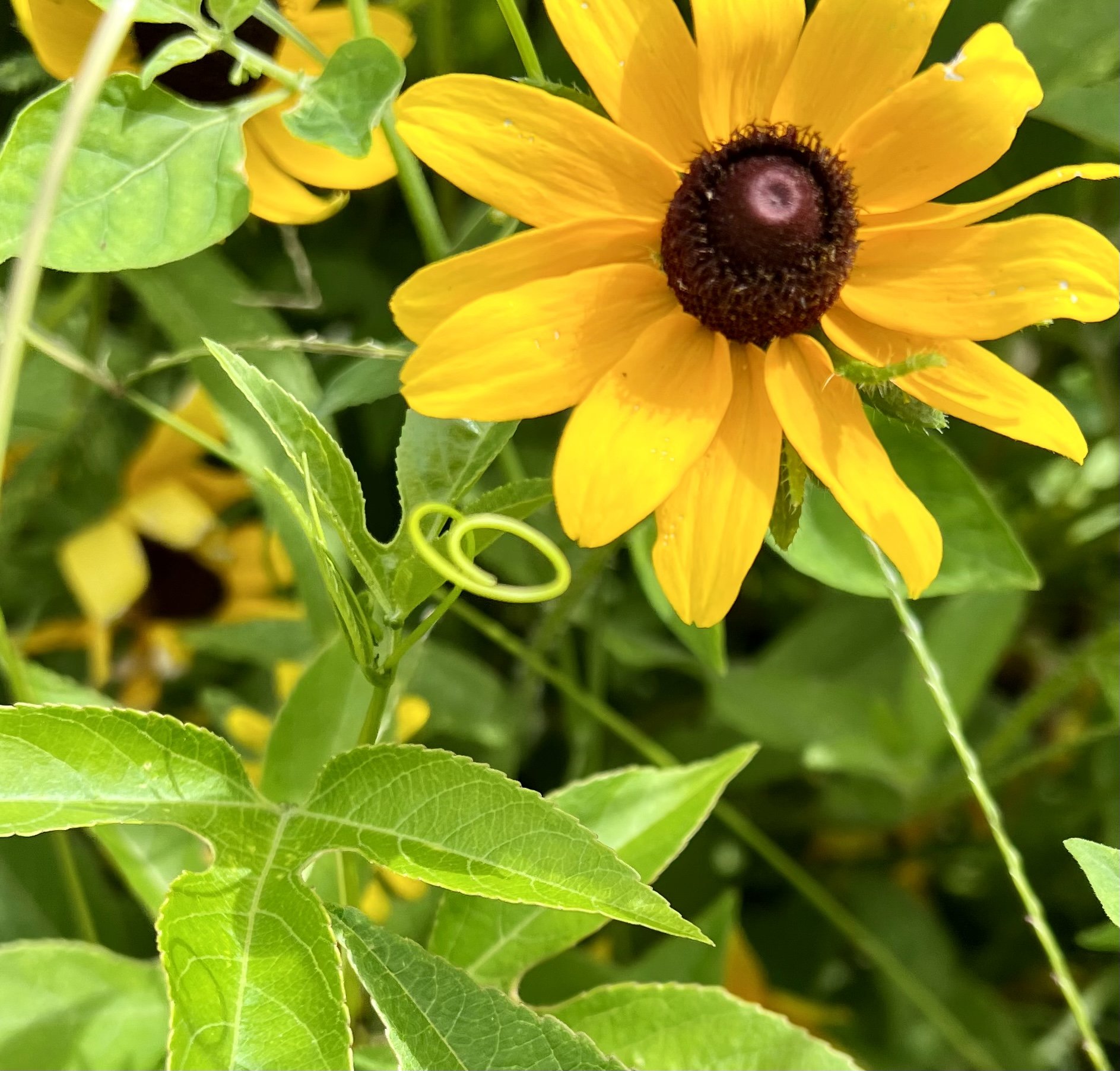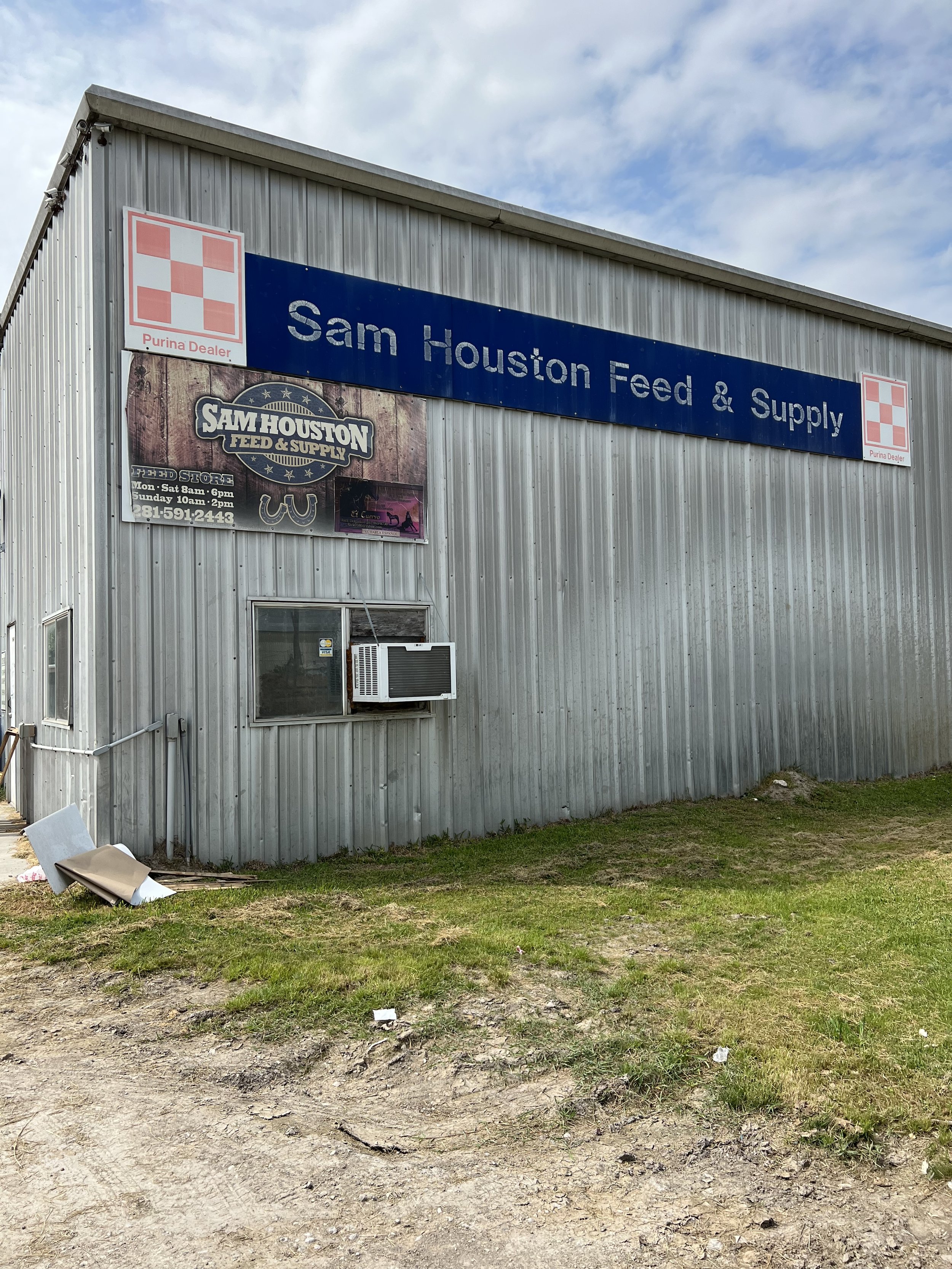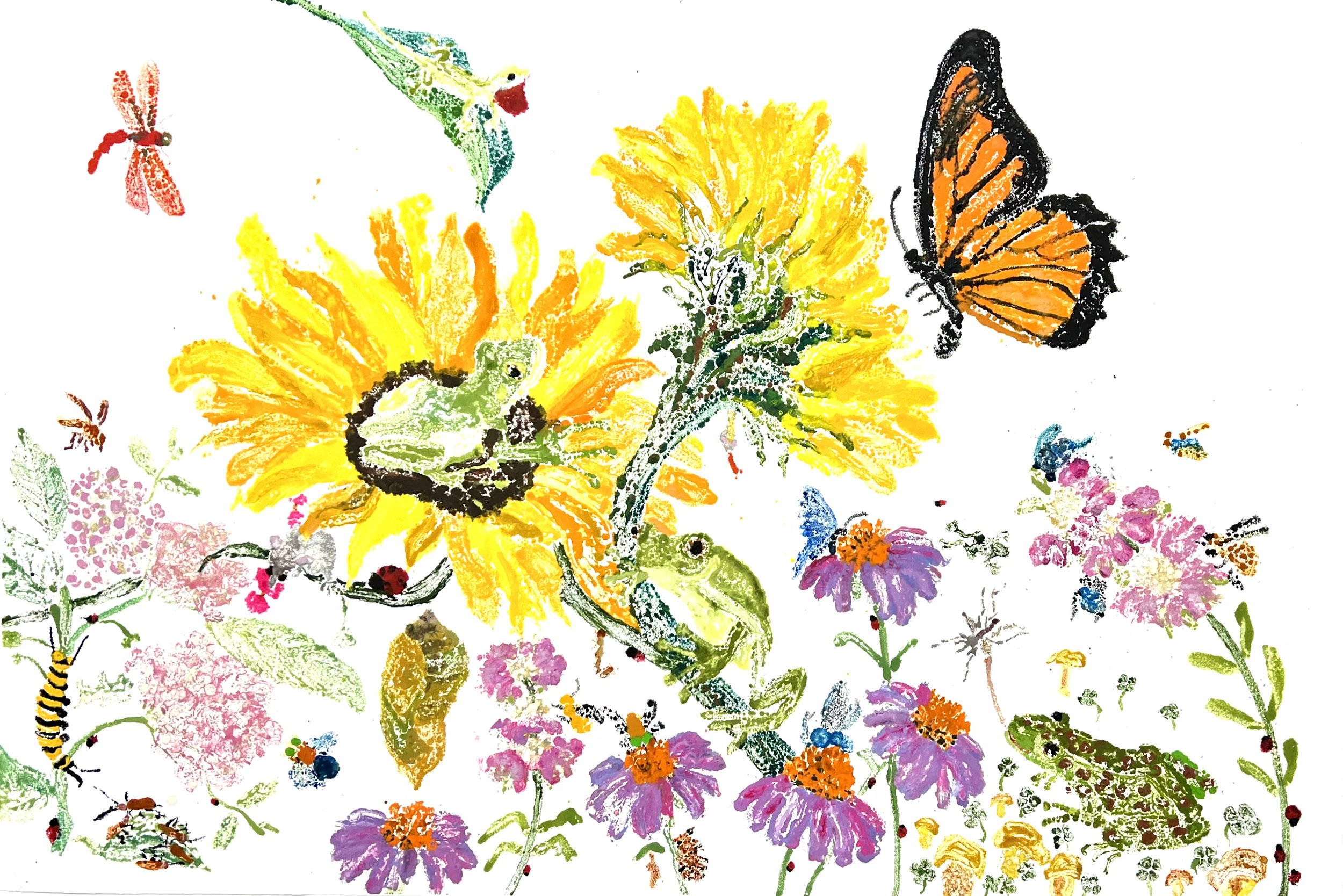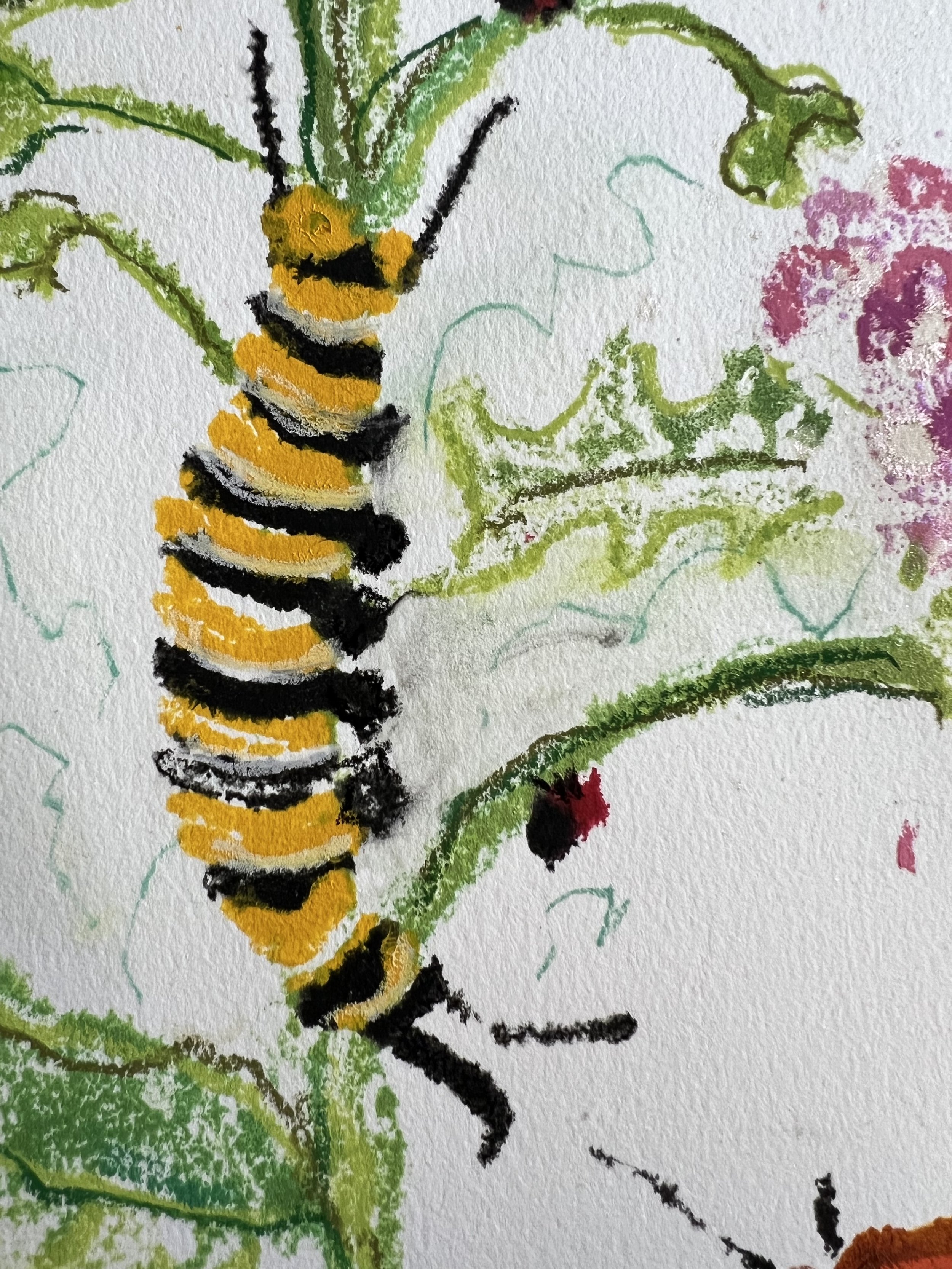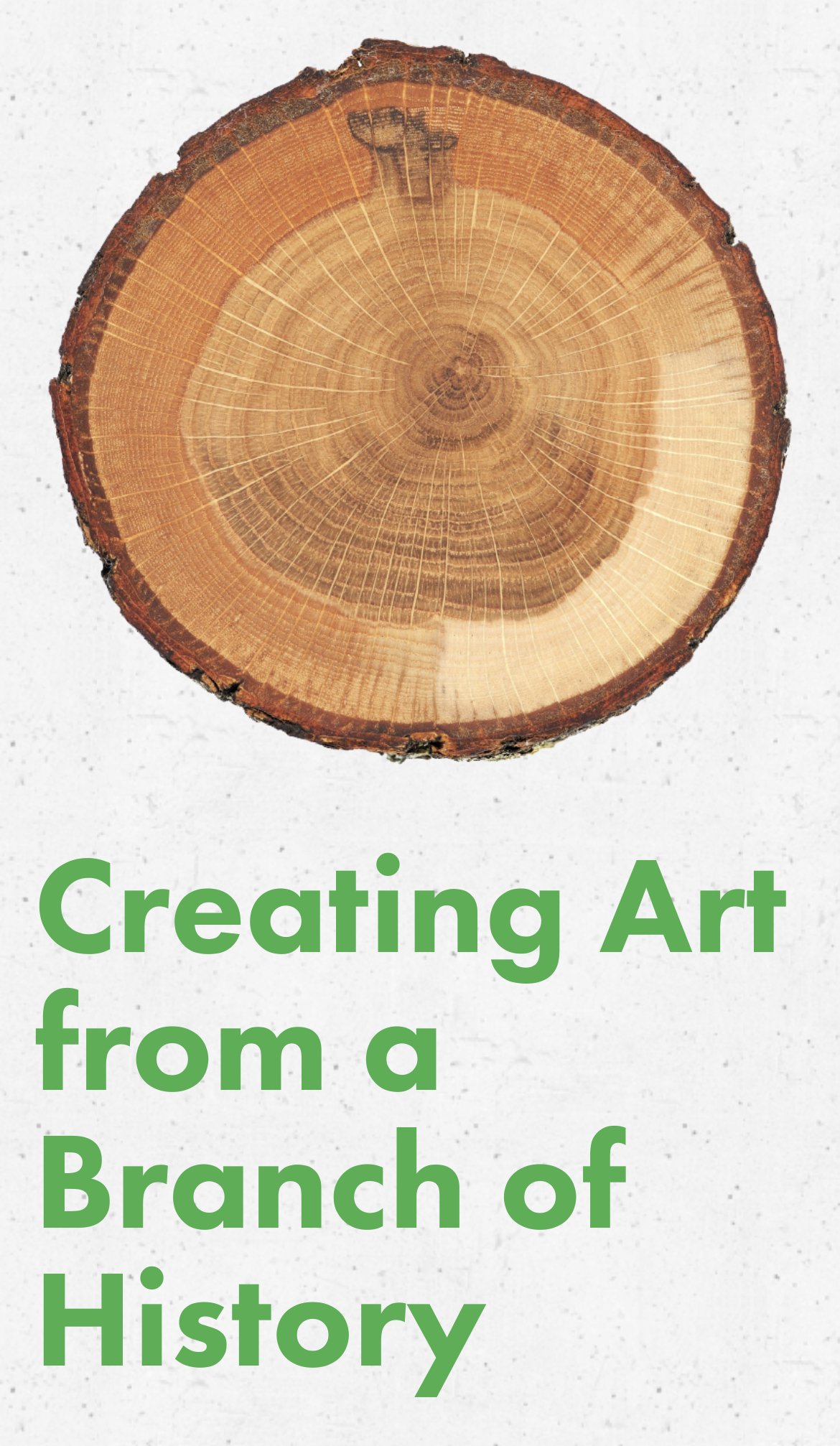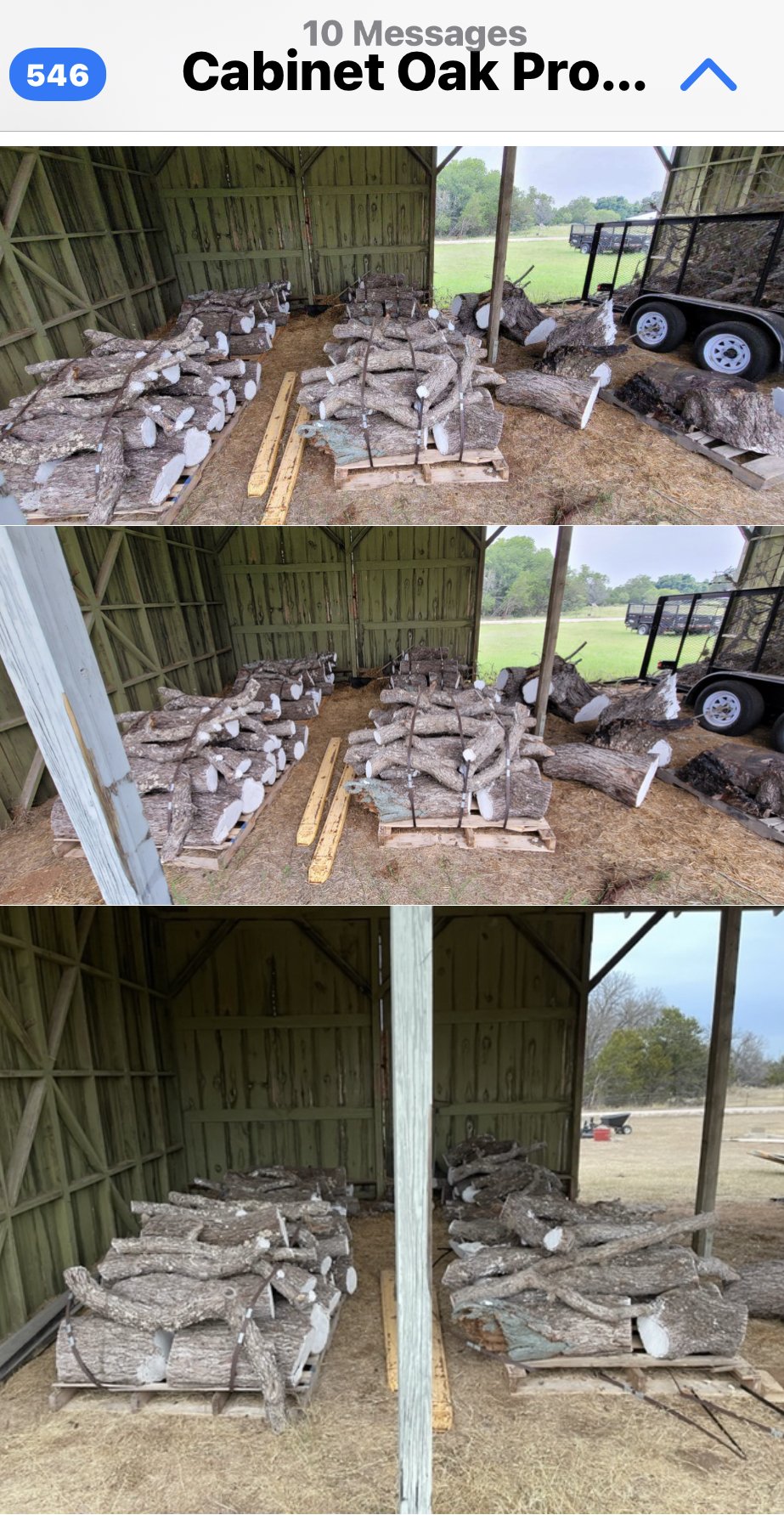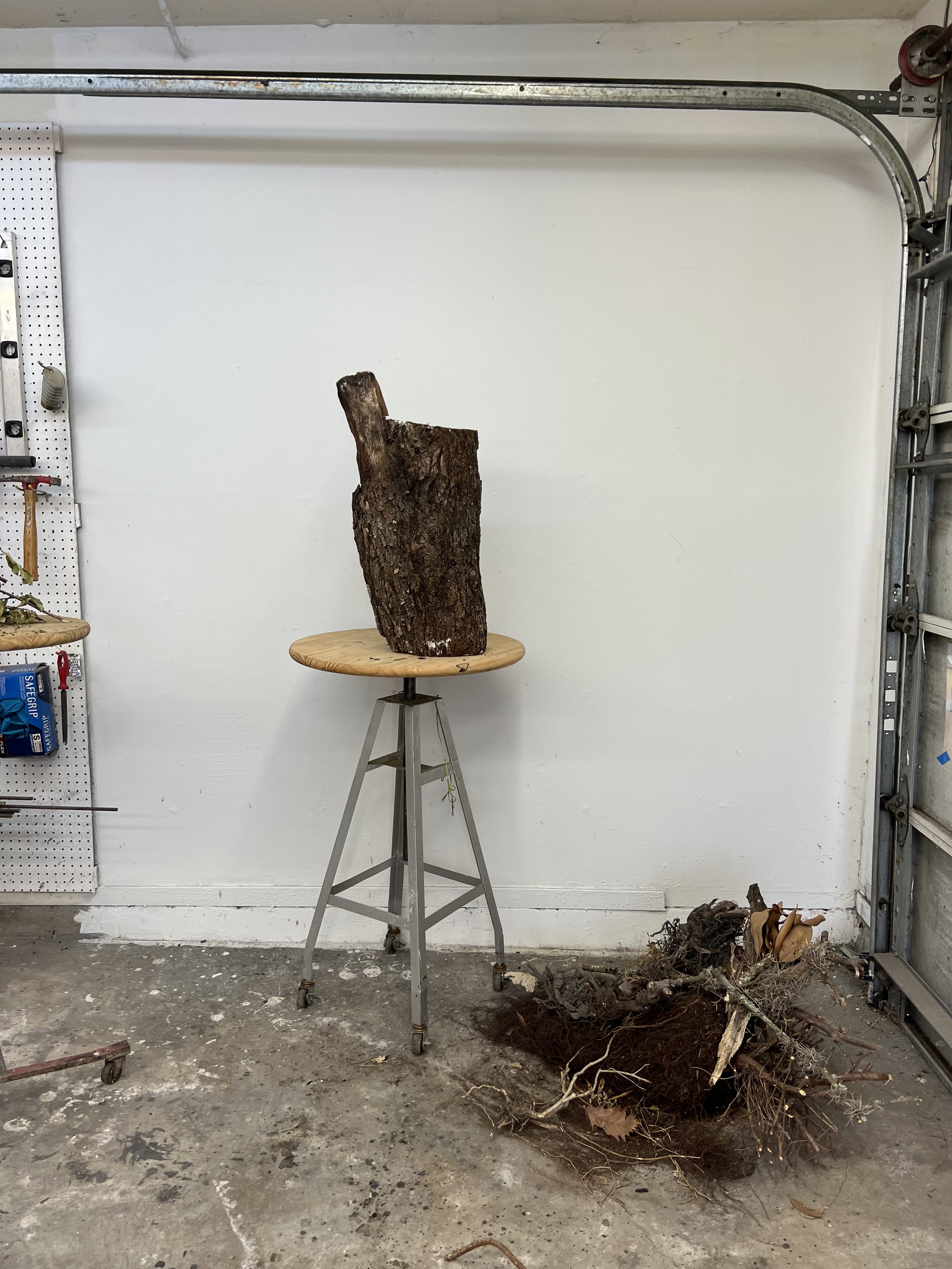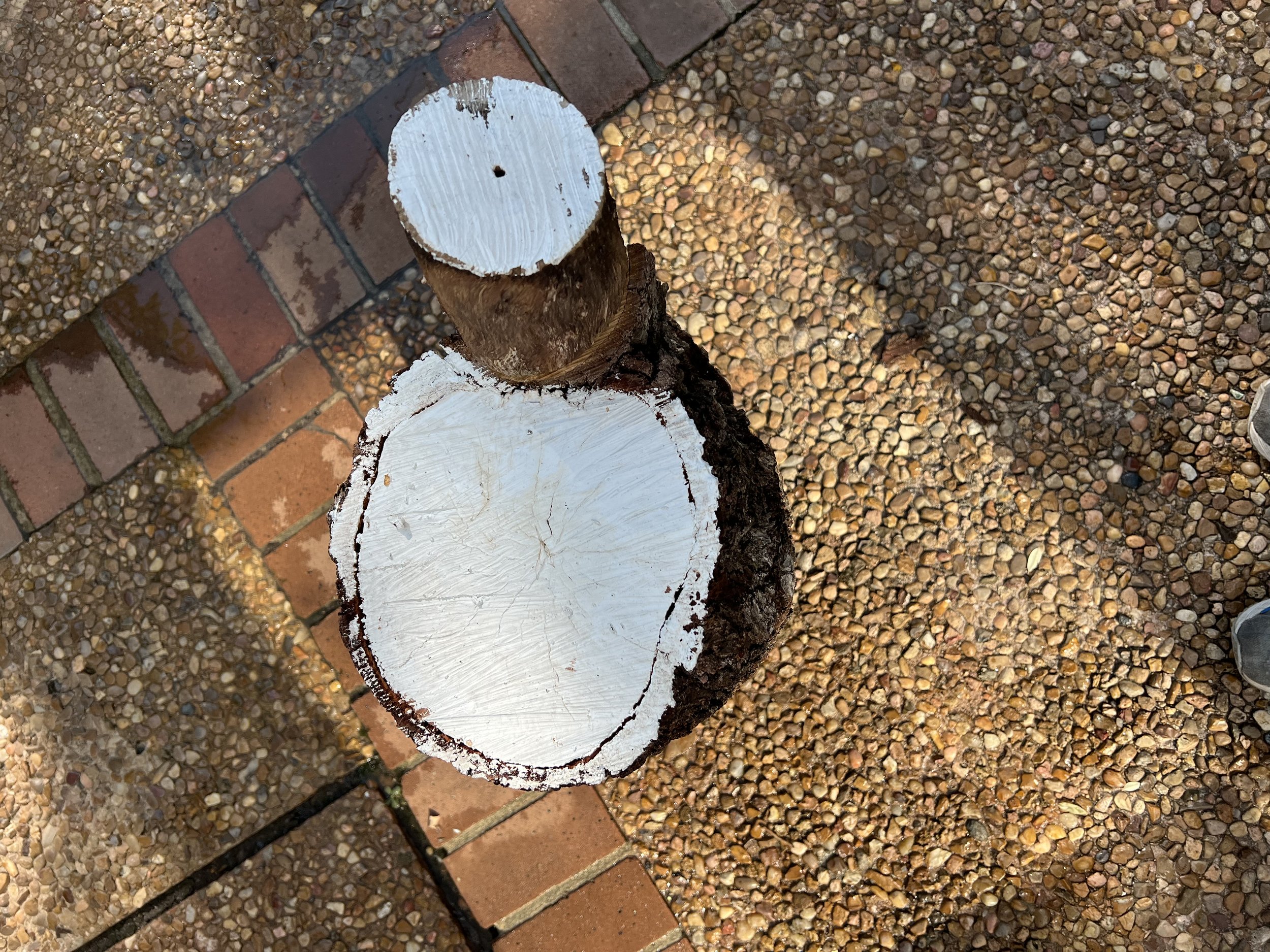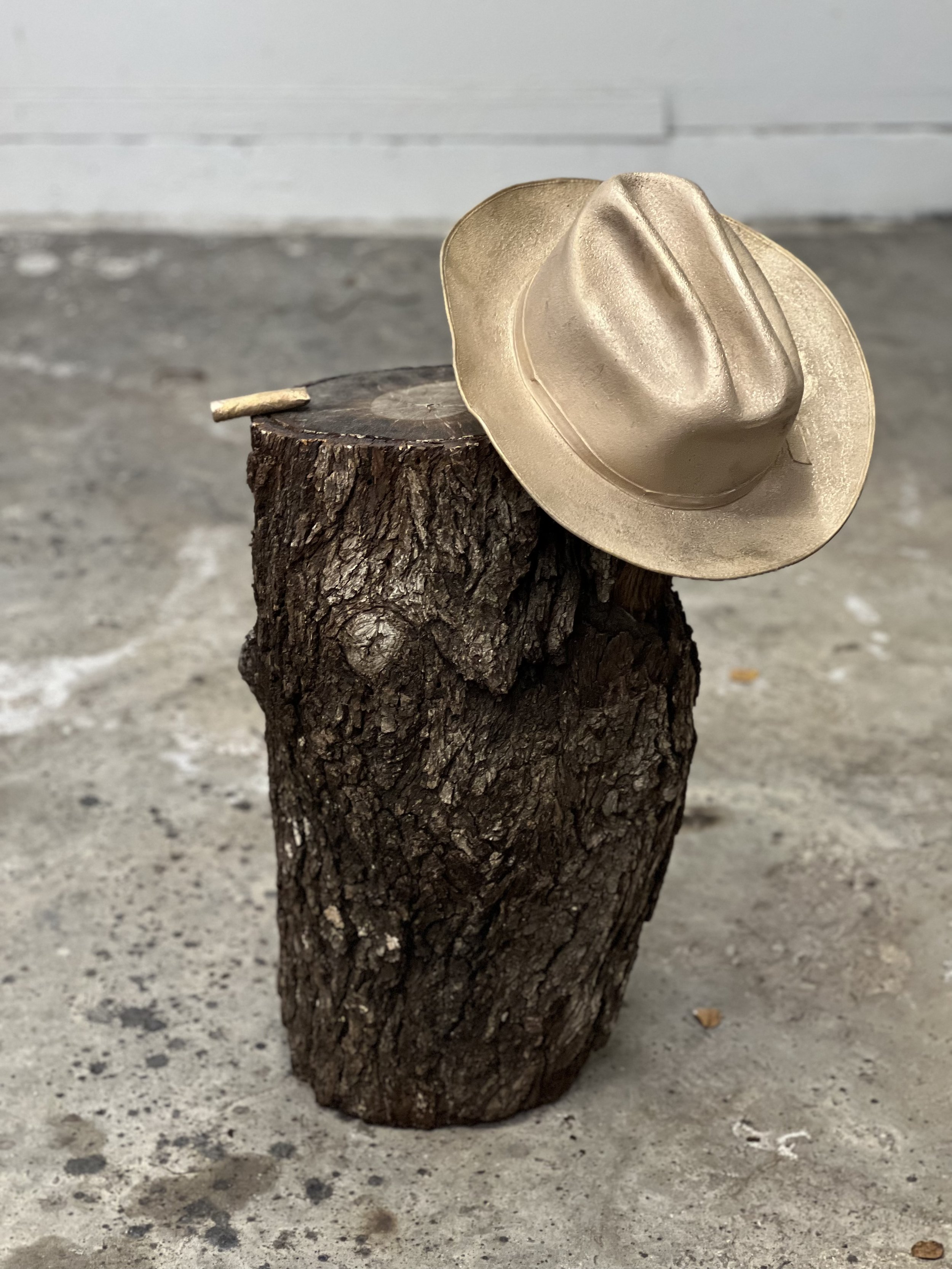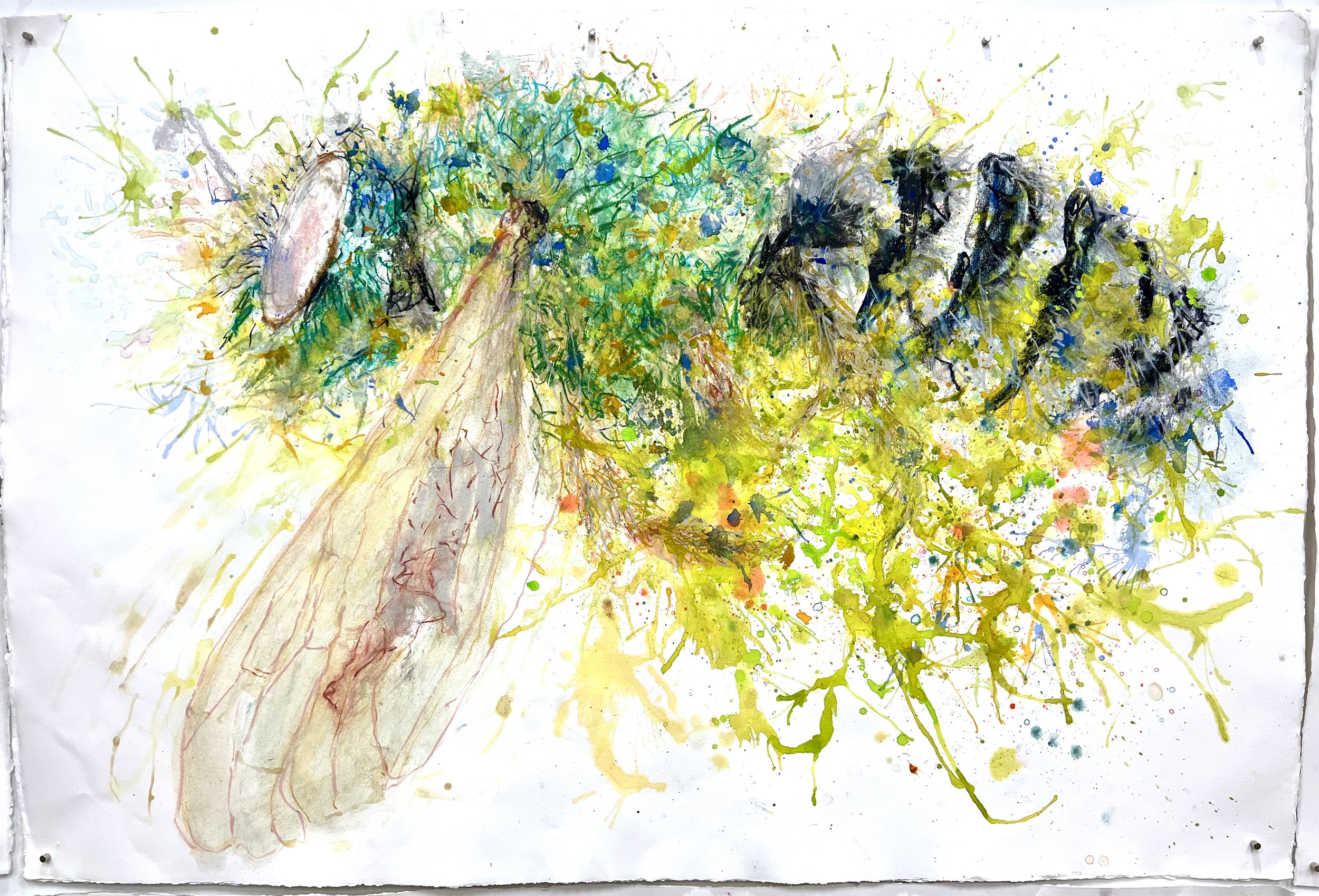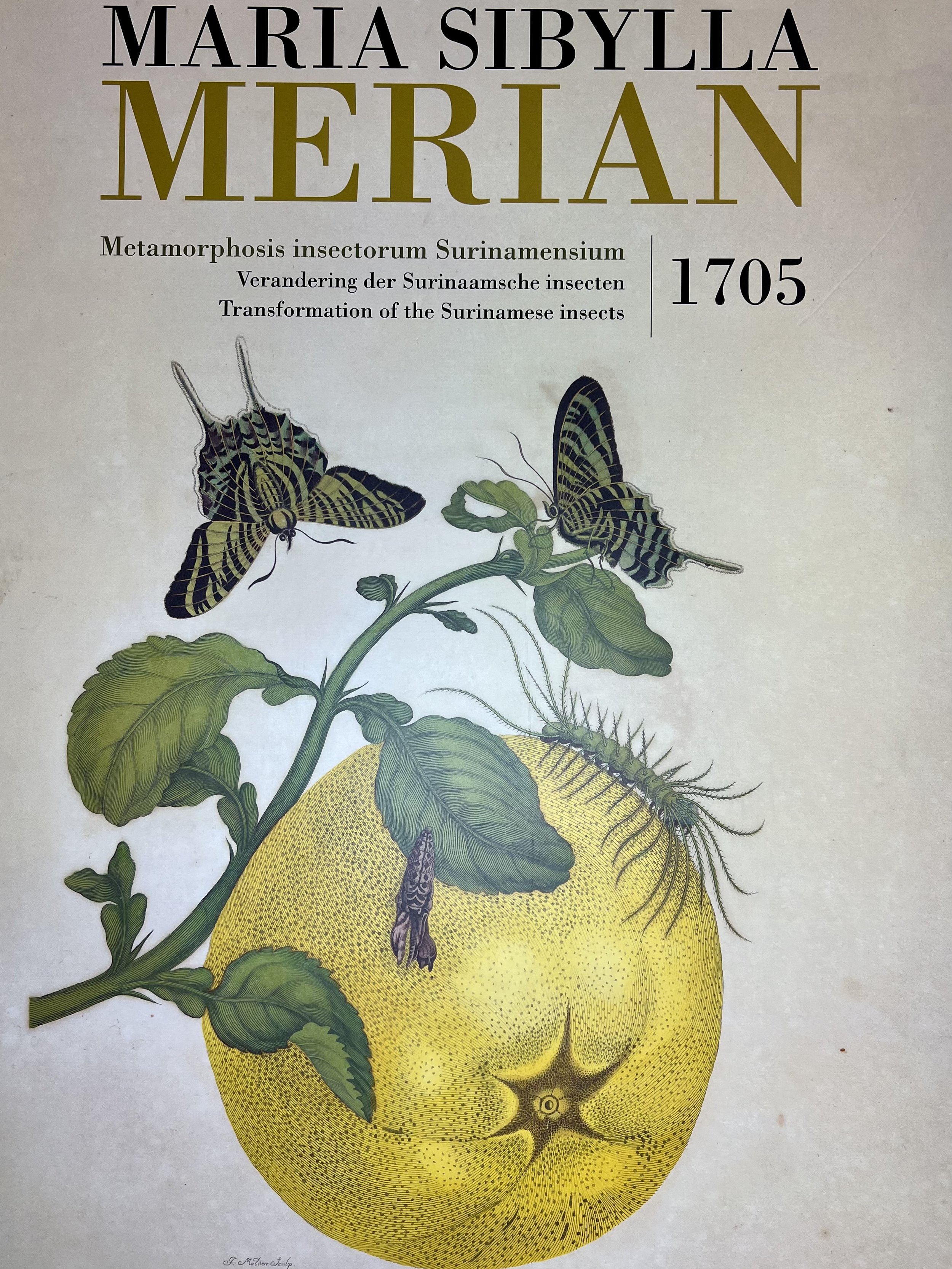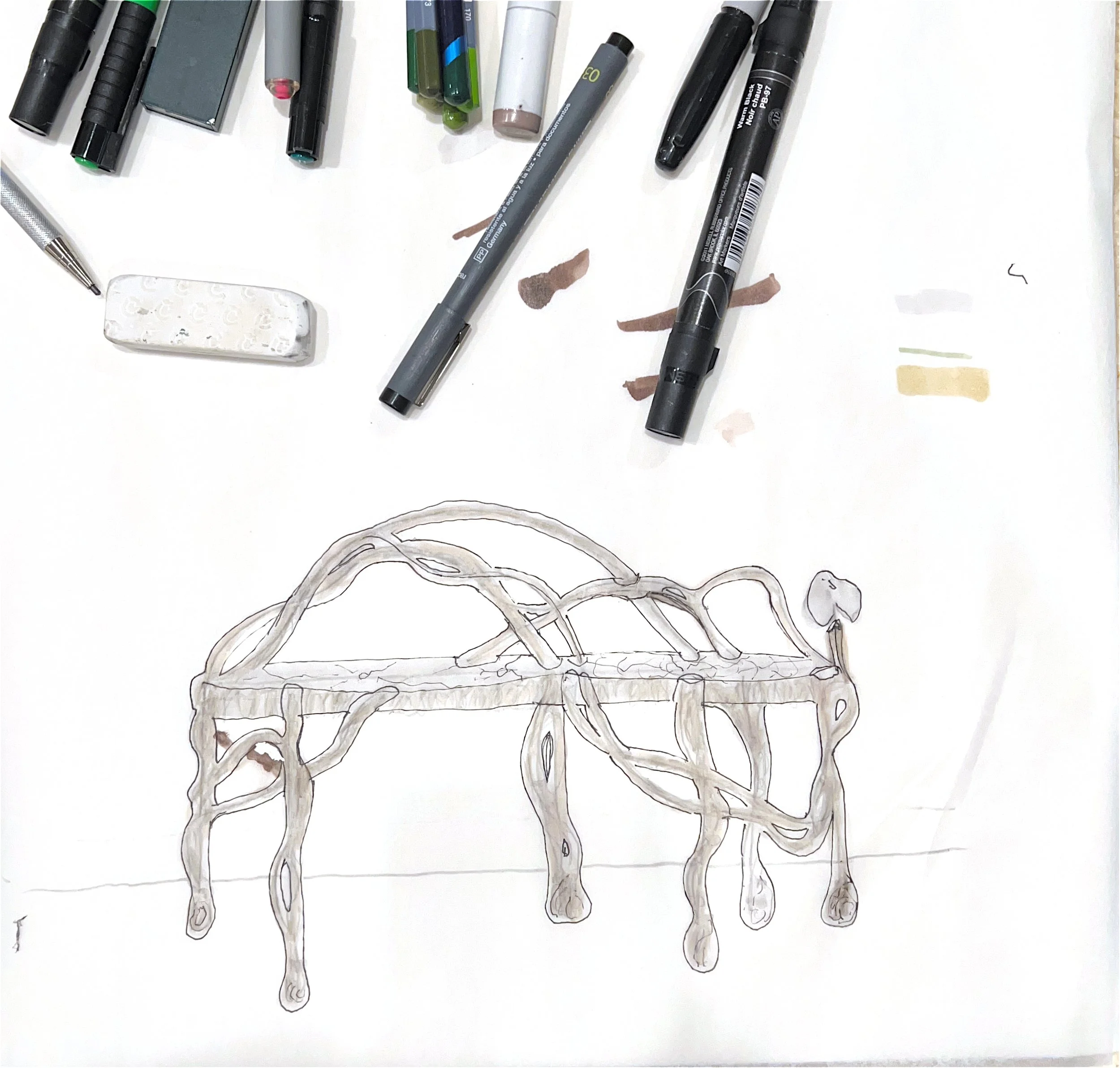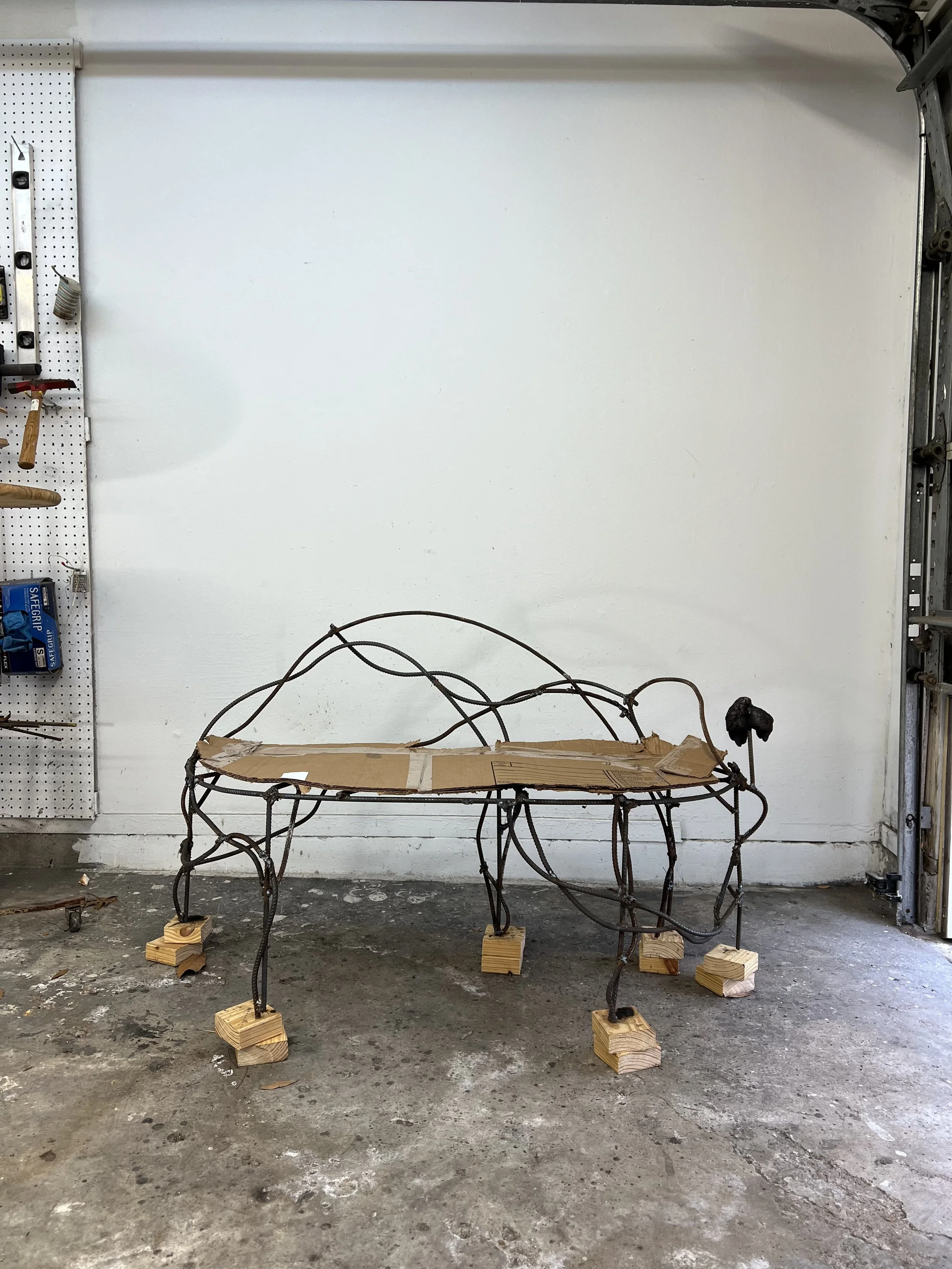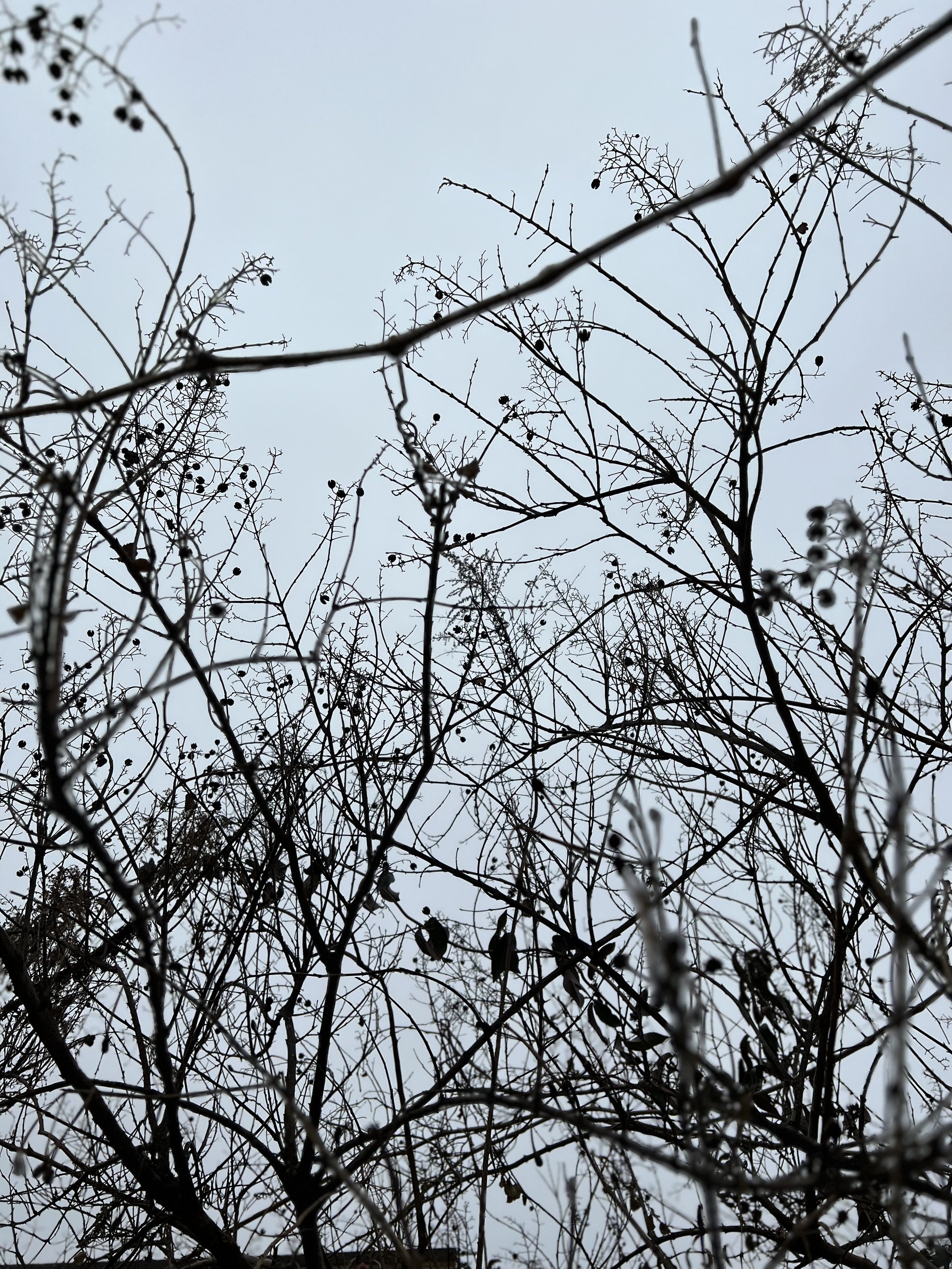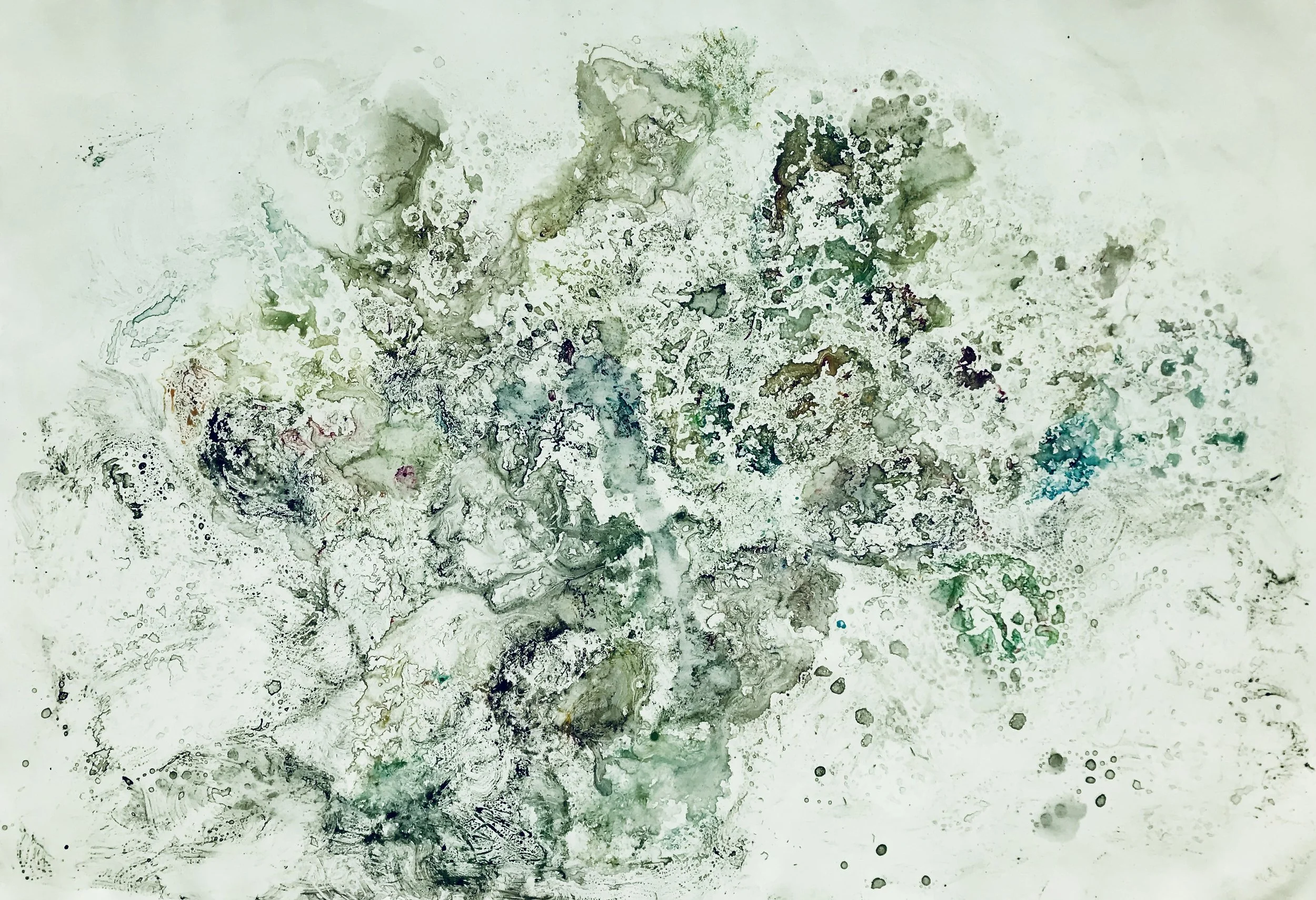“The Baby Whisperer” 30” X 44” watercolor monotype Horses are truly a marvel of sensitivity and emotion. My daughter-in-law recently visited a stable where she used to ride, and while my son shoveled manure for their garden, she had a beautiful moment with one of the mares. Even though she had never ridden that particular horse, it became clear that the horse had been affected by its owner’s recent pregnancy. This experience reminded me that wildlife deserves much more credit than we often give them.
This observation also underlines how crucial it is to build connections with all creatures in order to restore and maintain a healthy ecosystem. I want to express my gratitude to Griffin and Alex for providing a stunning photo that inspired me to reflect on these profound ideas. They continue to motivate me each and every day.
A few weeks later I created two more pieces. One for my daughter-in-law's parents and one for my son.
Baby Whisperer I ghost print
Watercolor monotype 30” X44”
Baby Whisperer II
Watercolor monotype 30” X44”
Baby Whisperer II ghost print
Watercolor monotype 30” X44”

